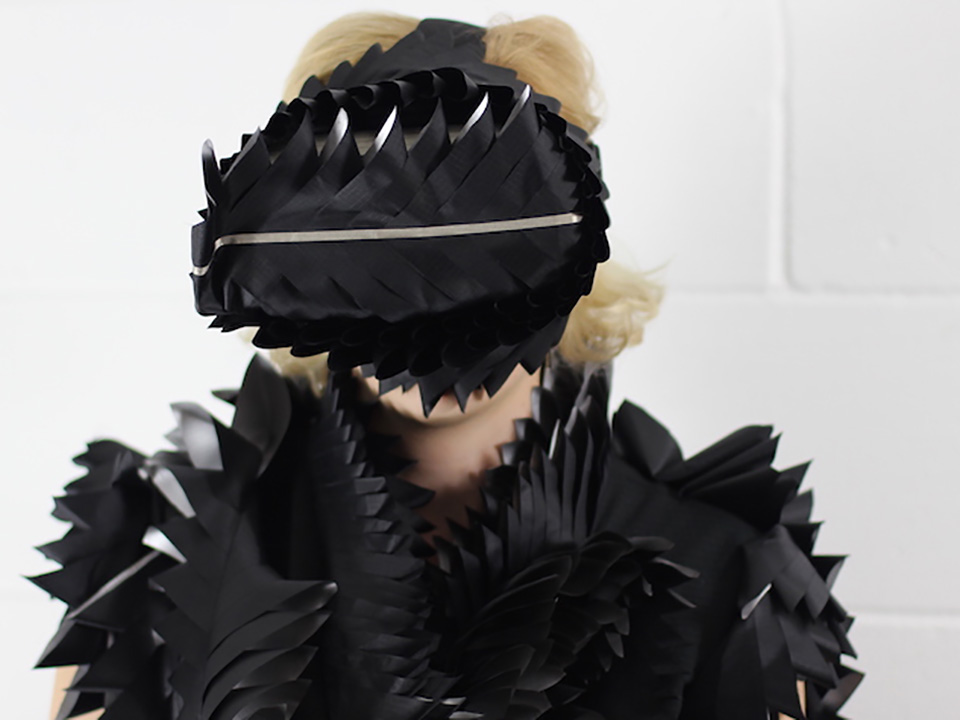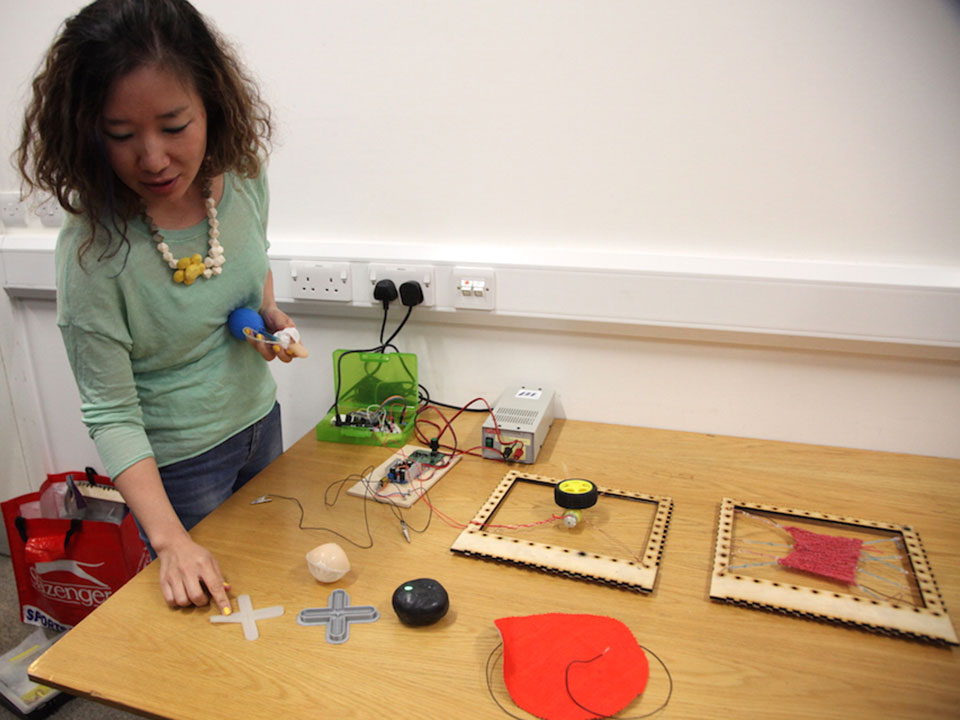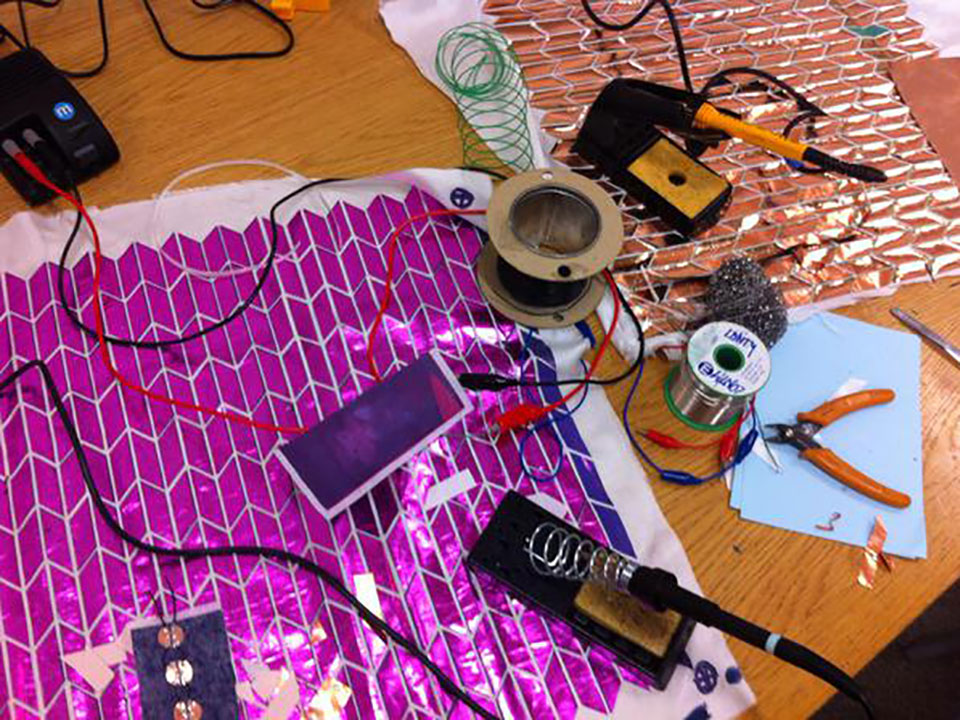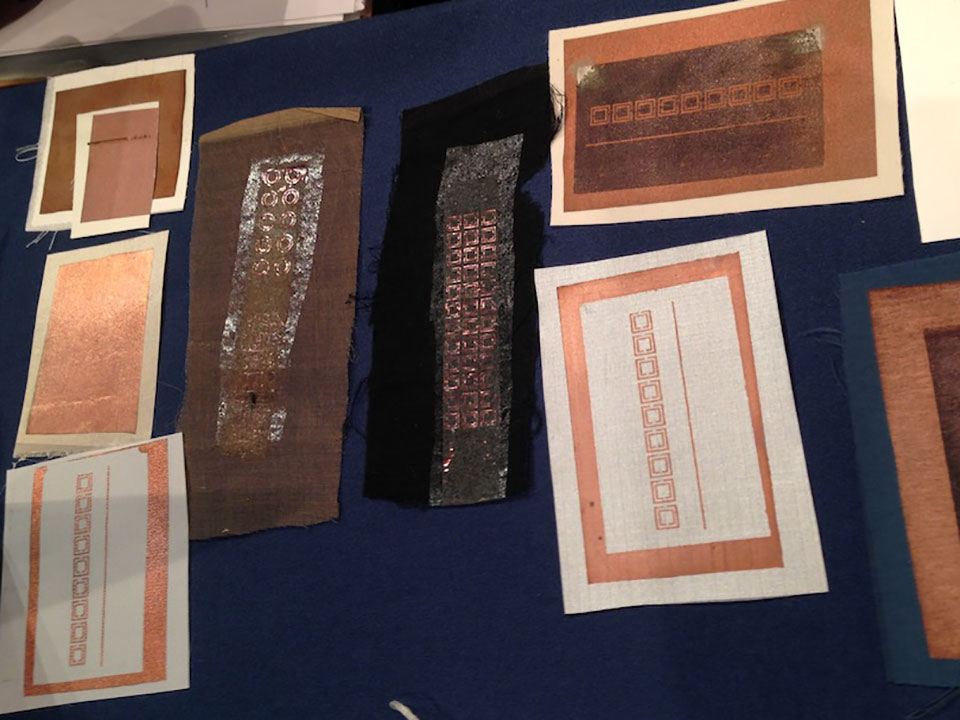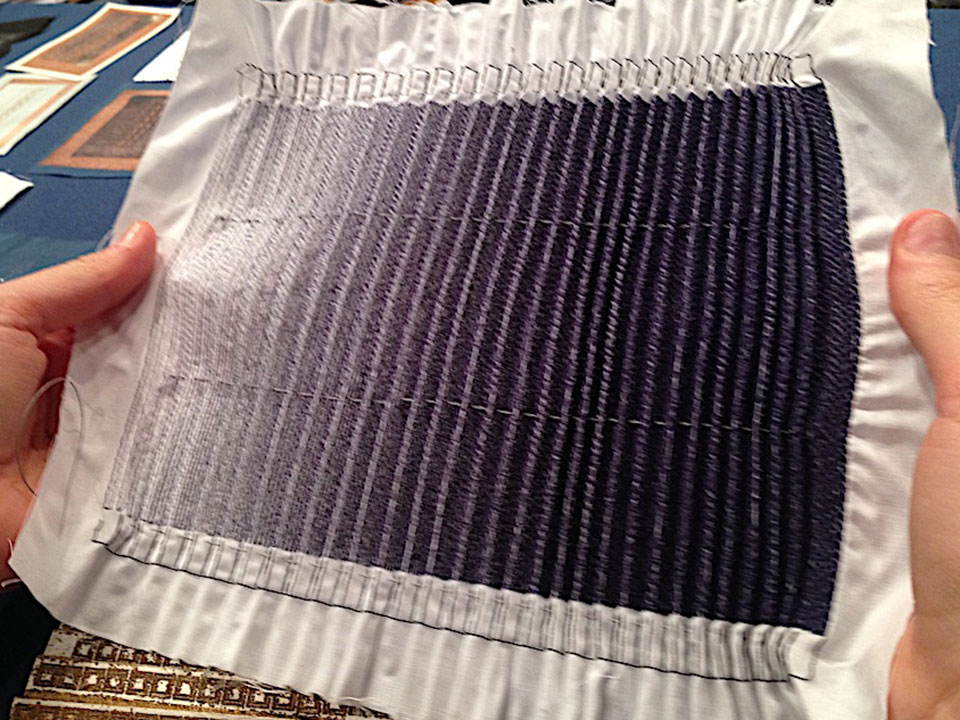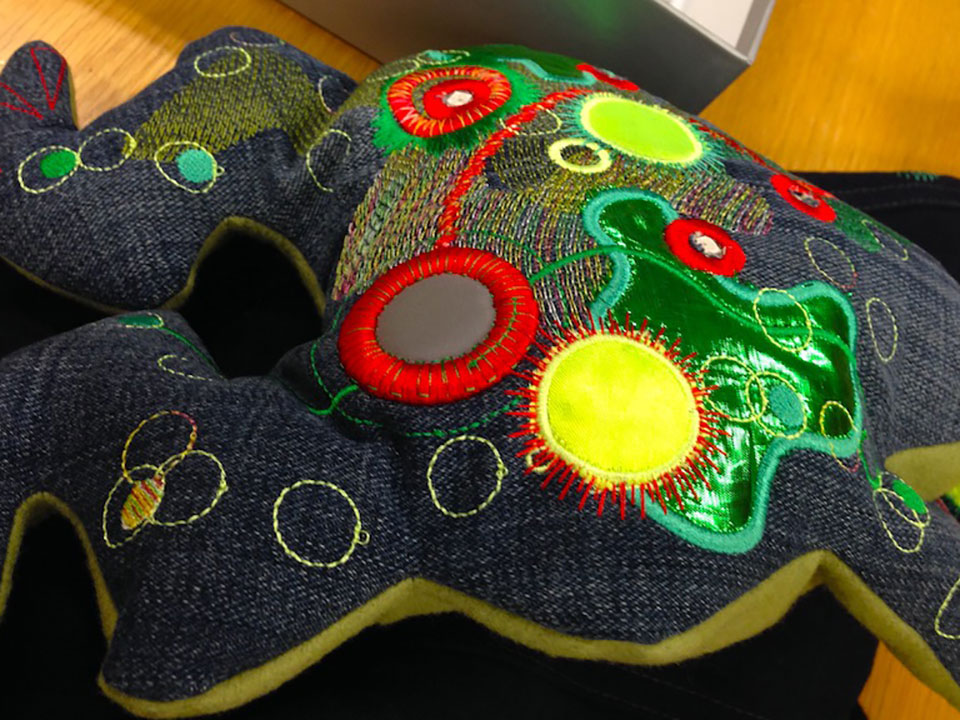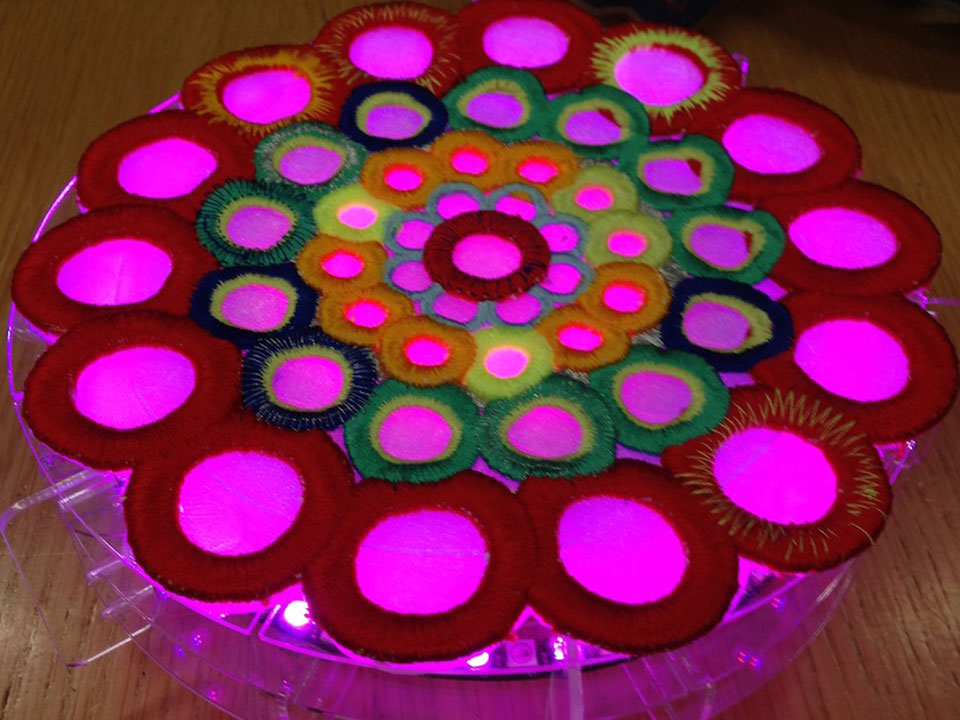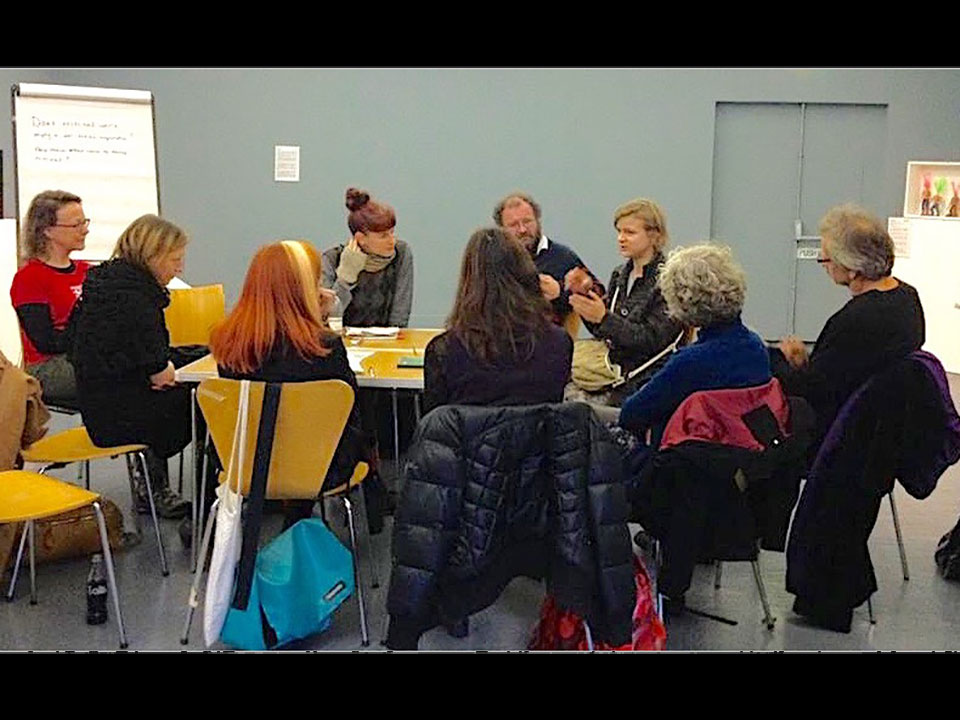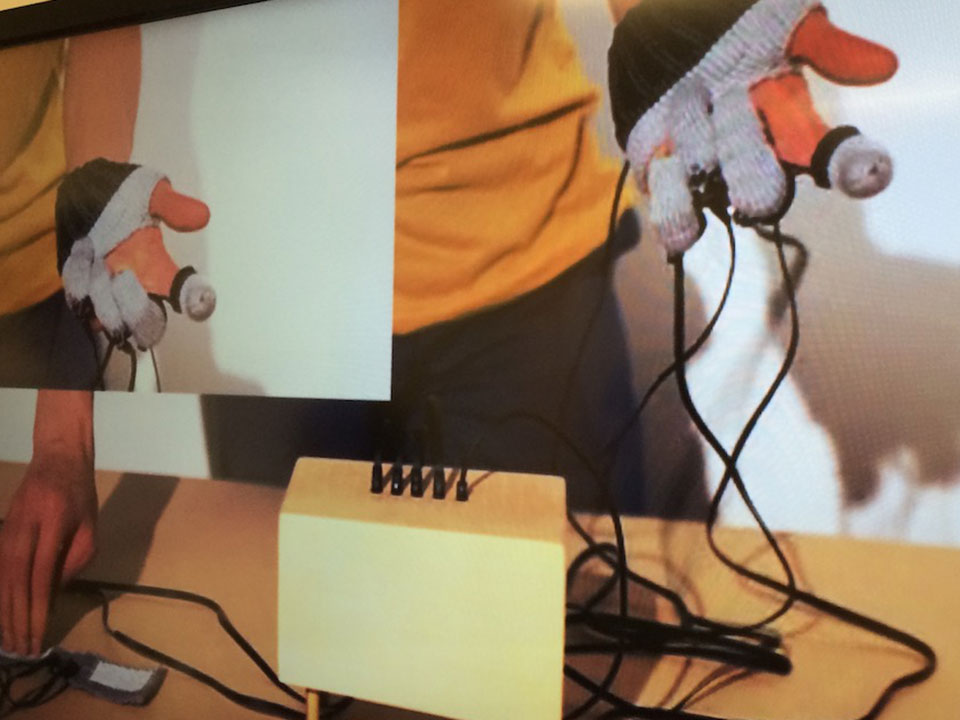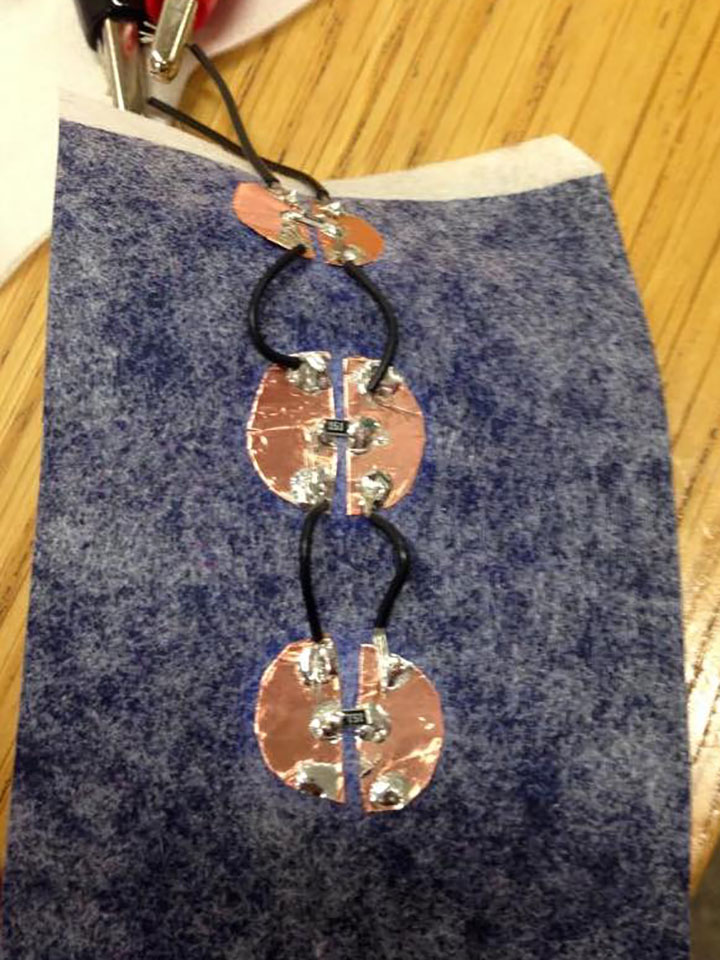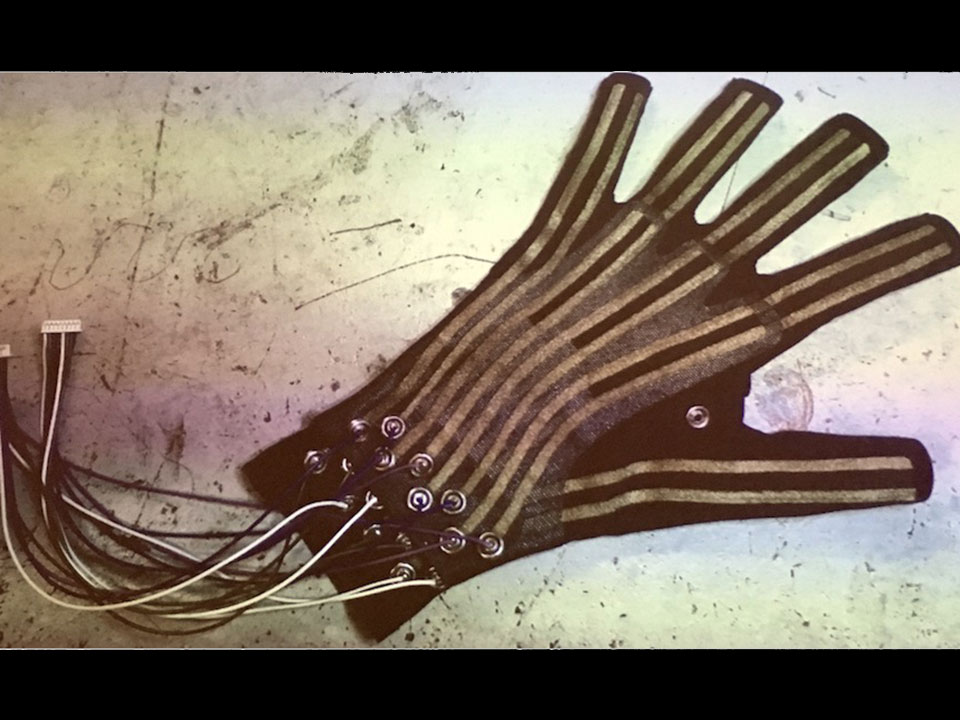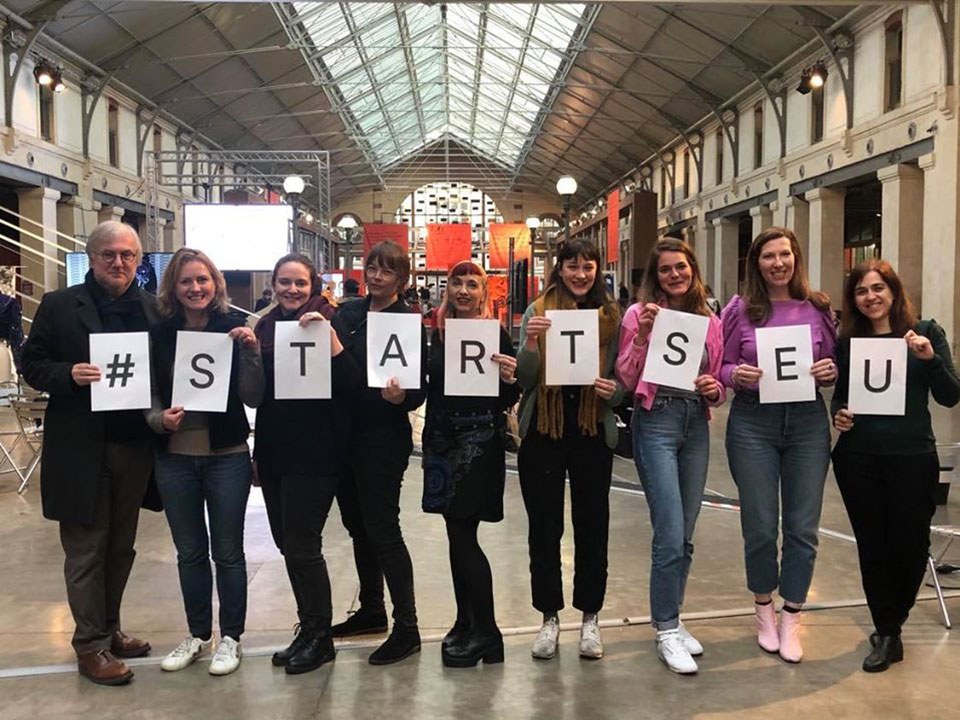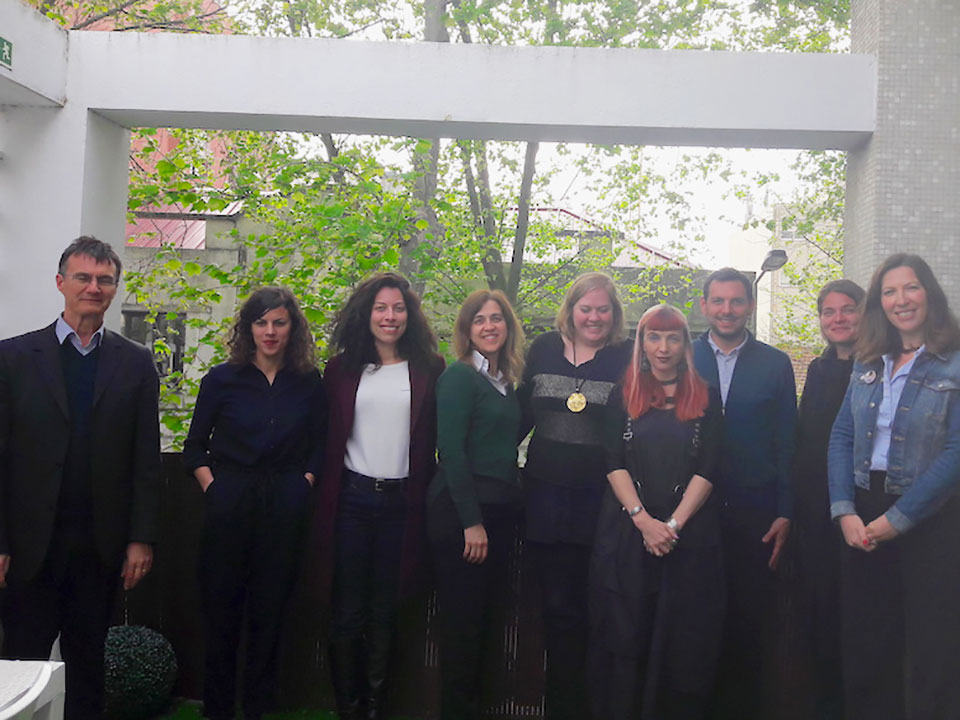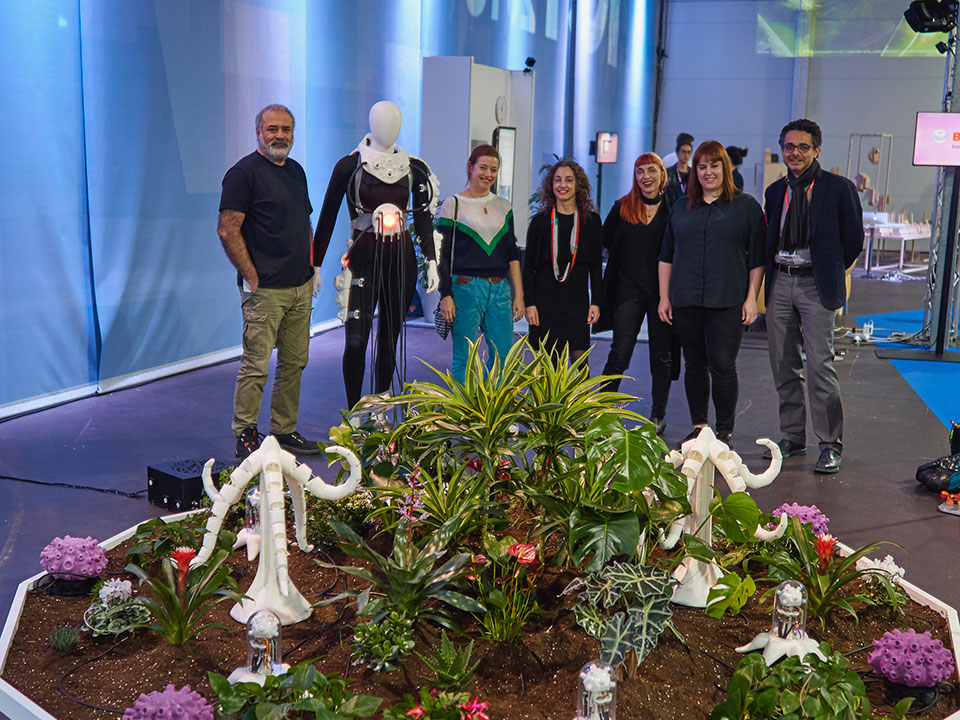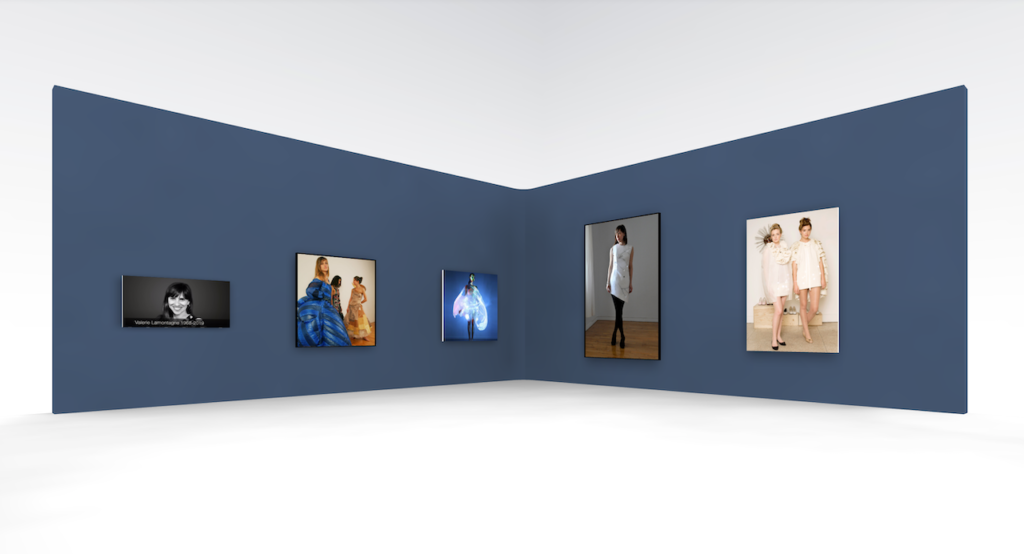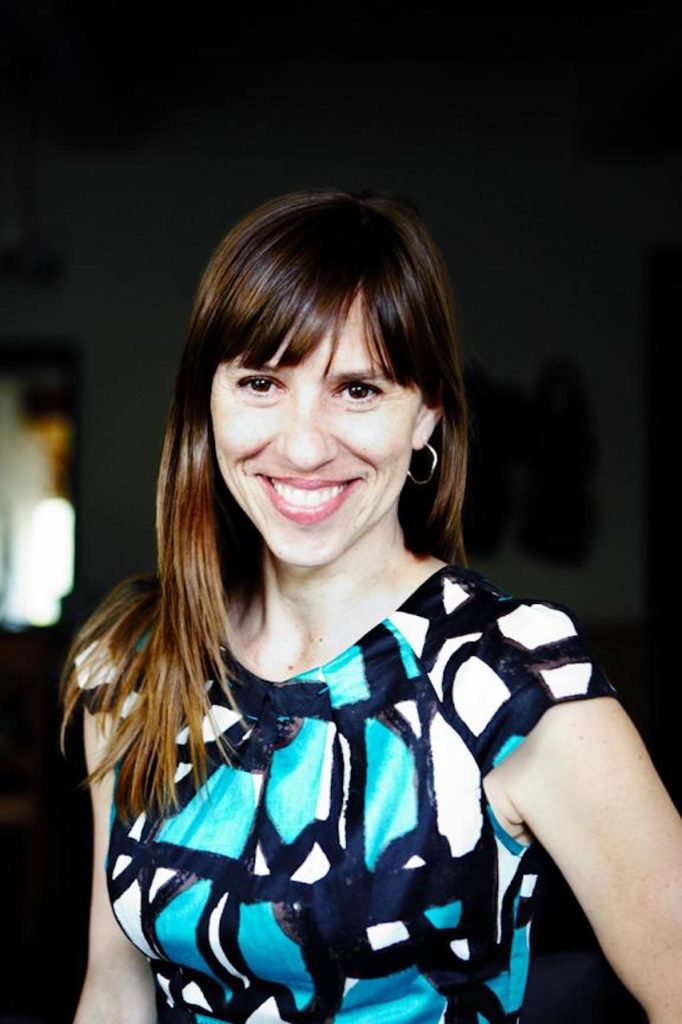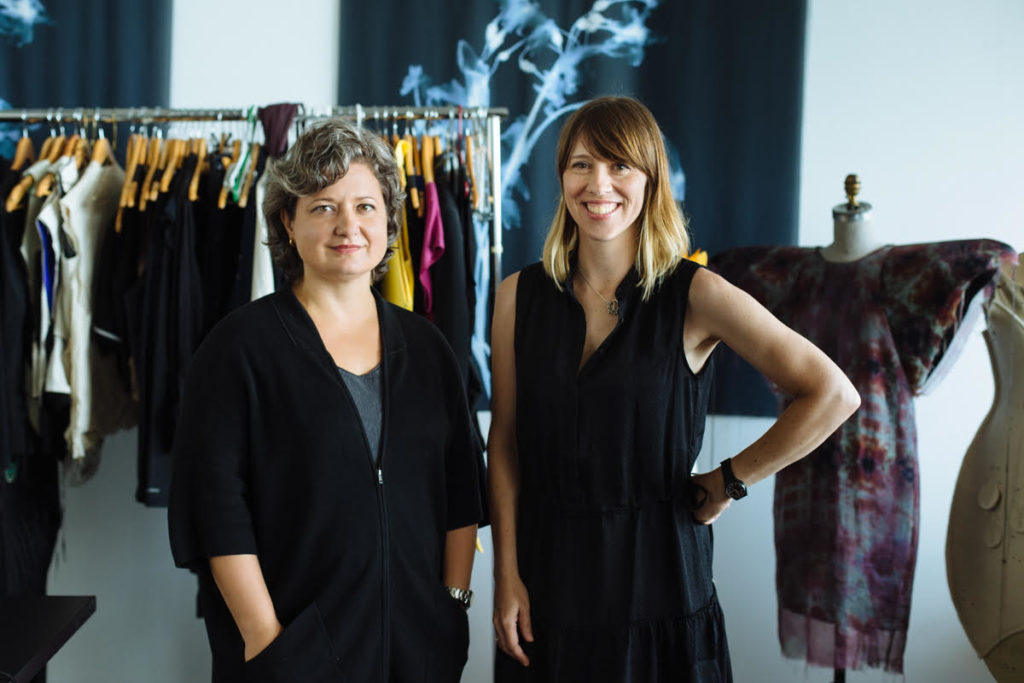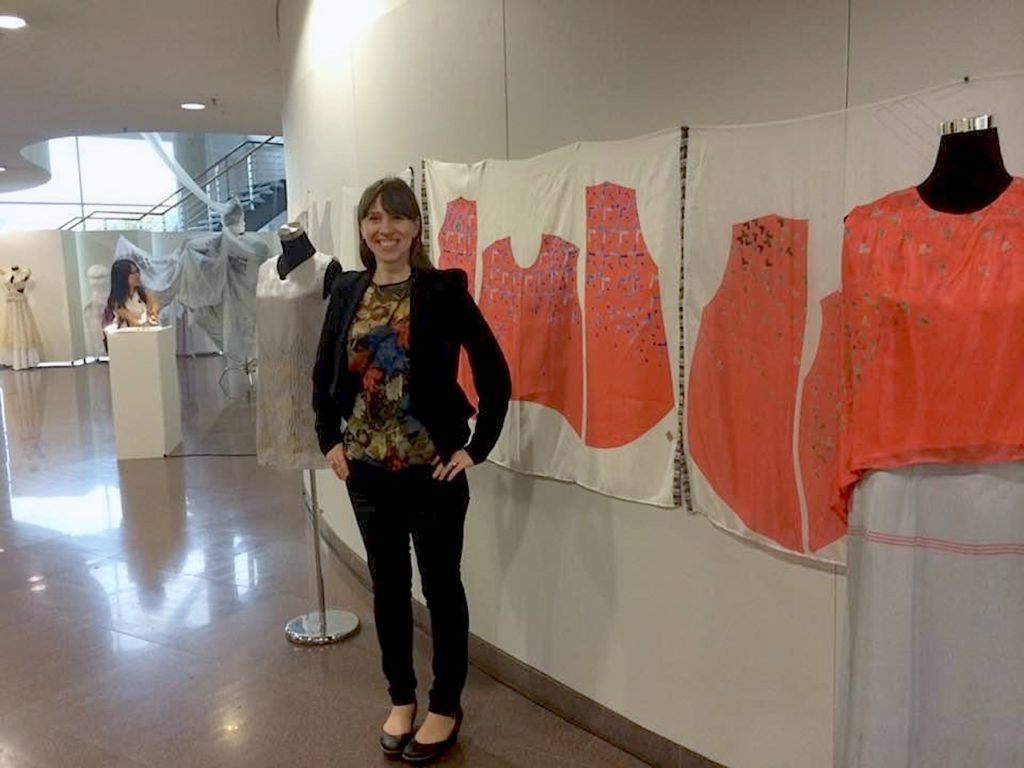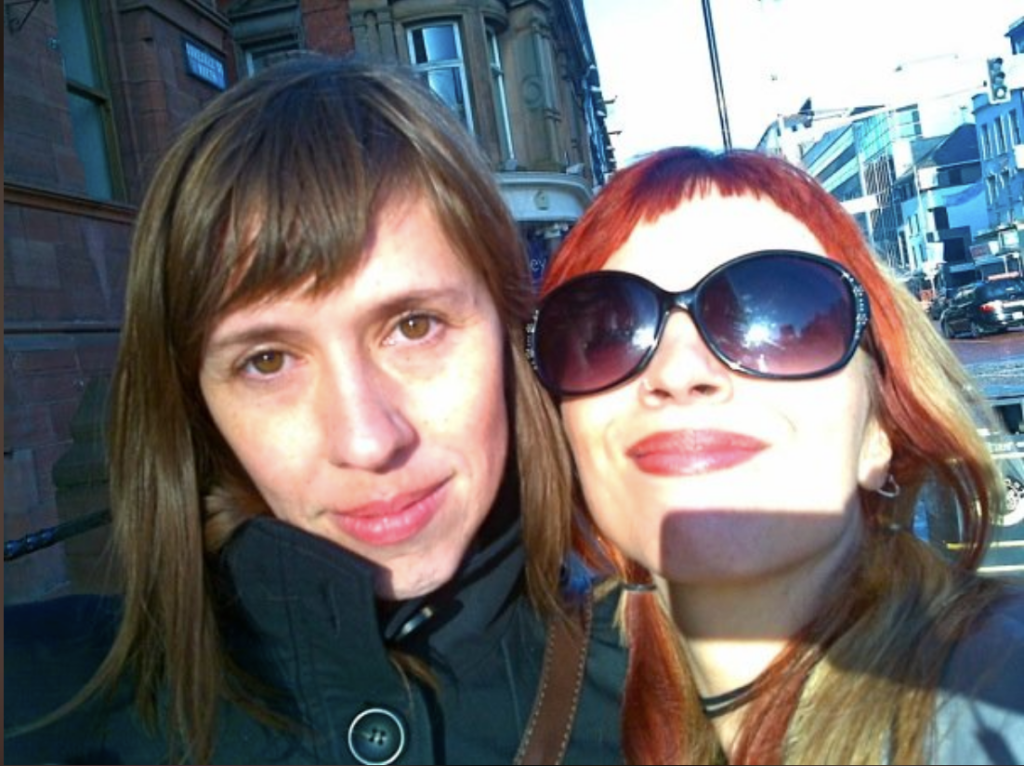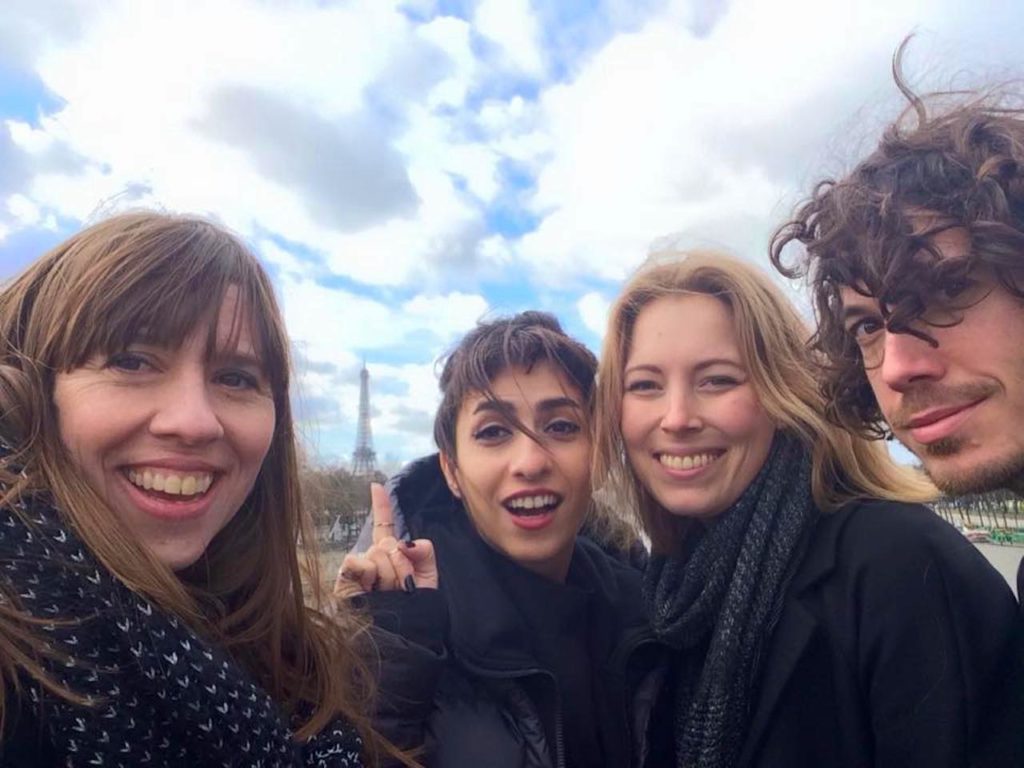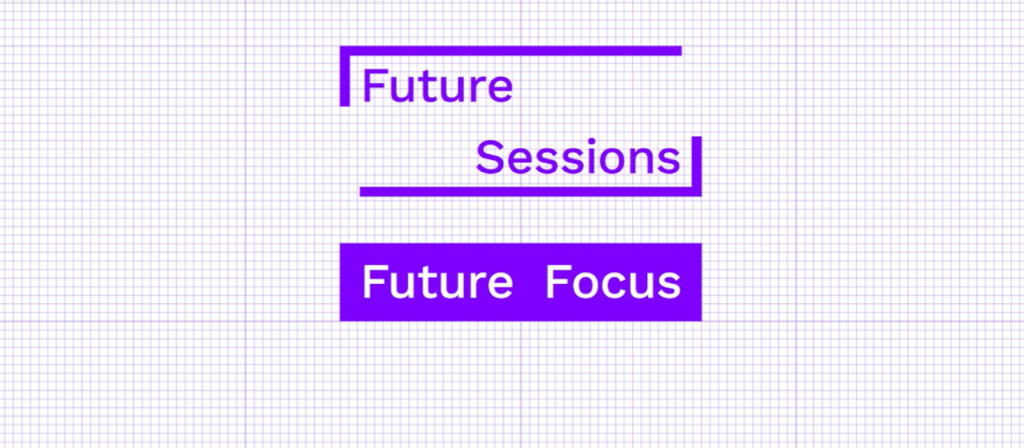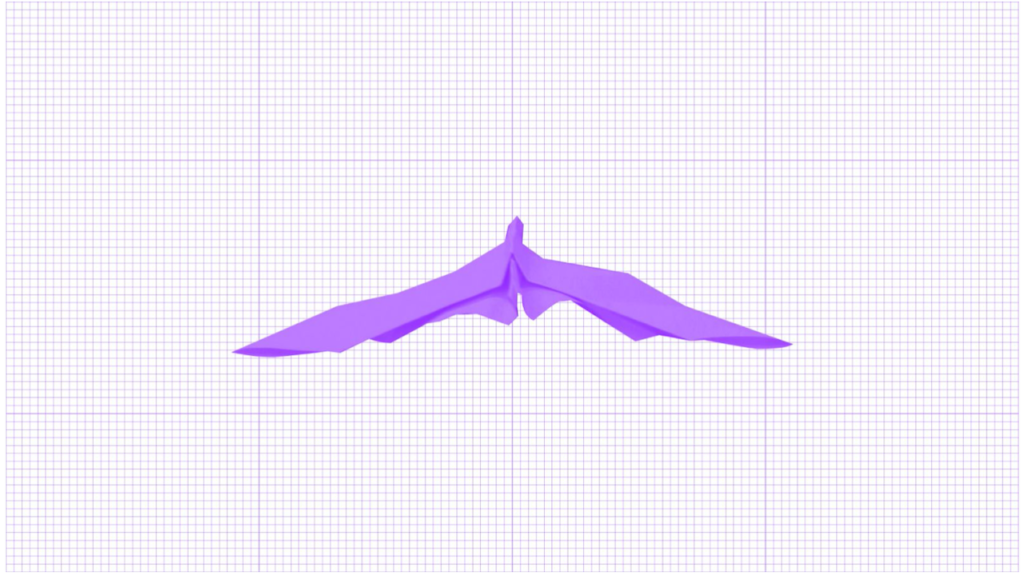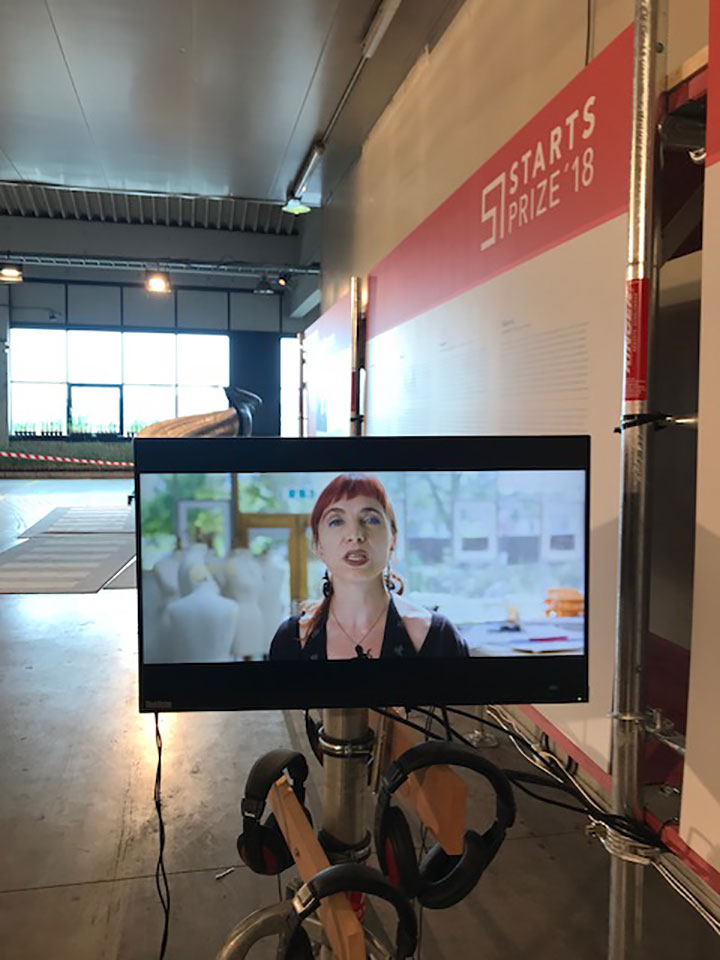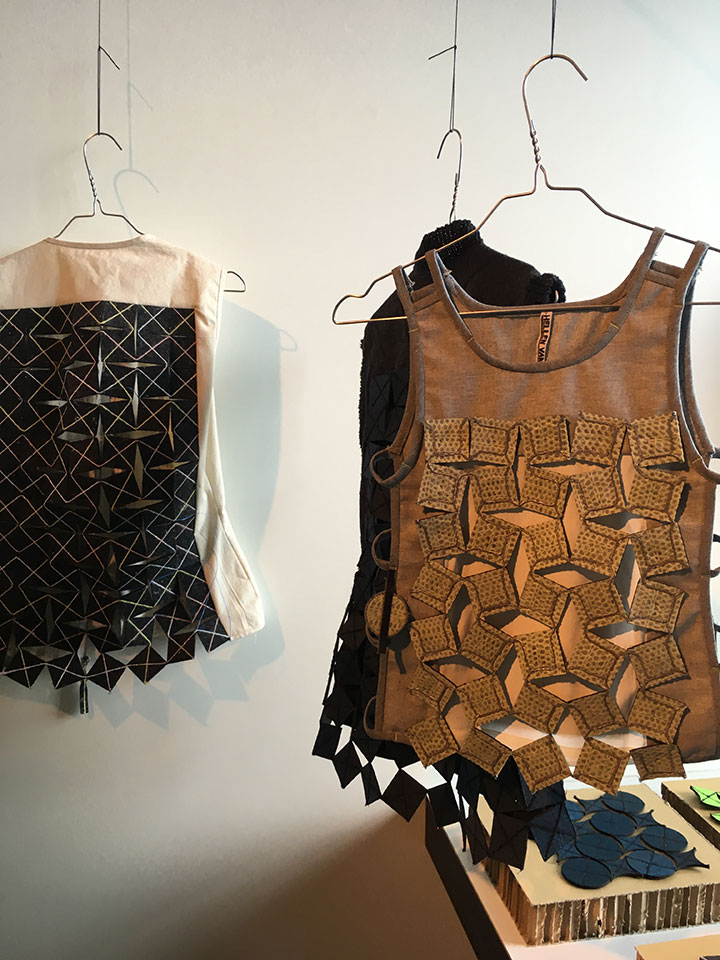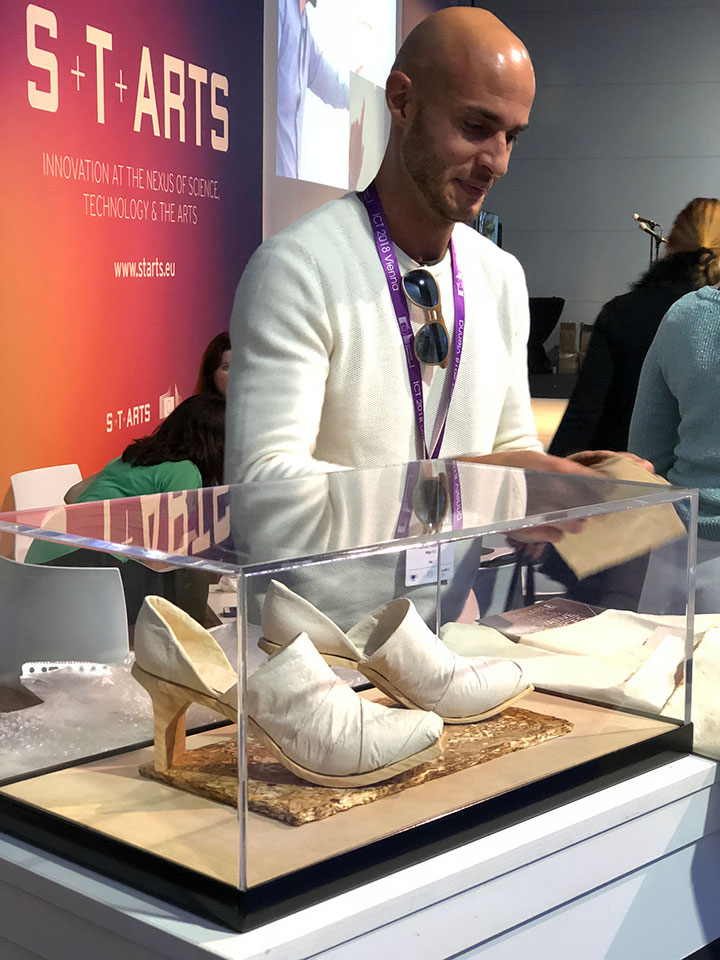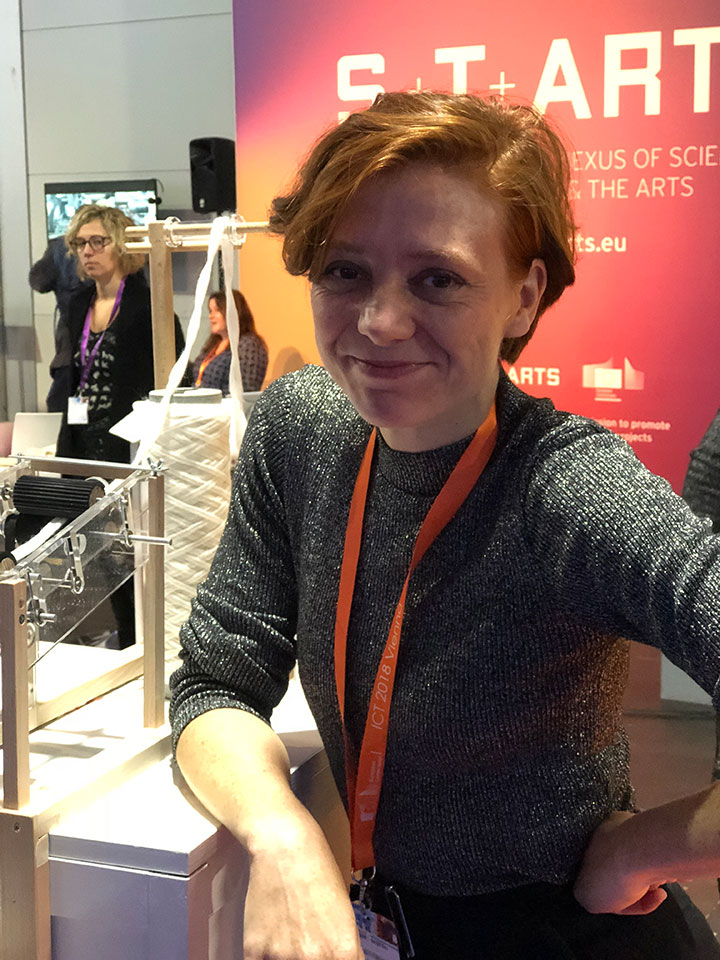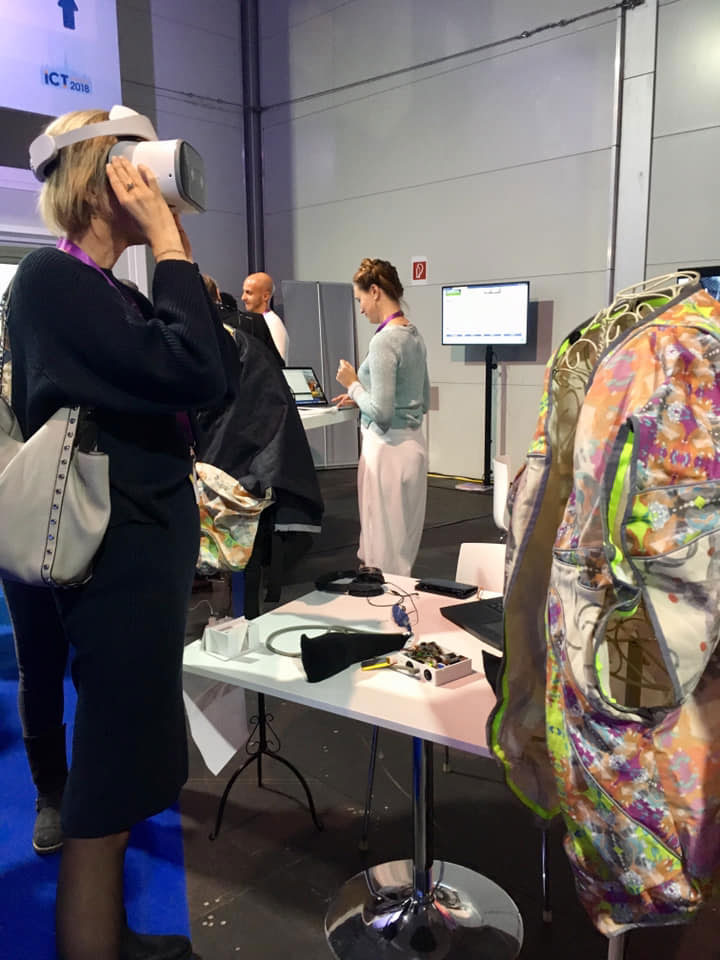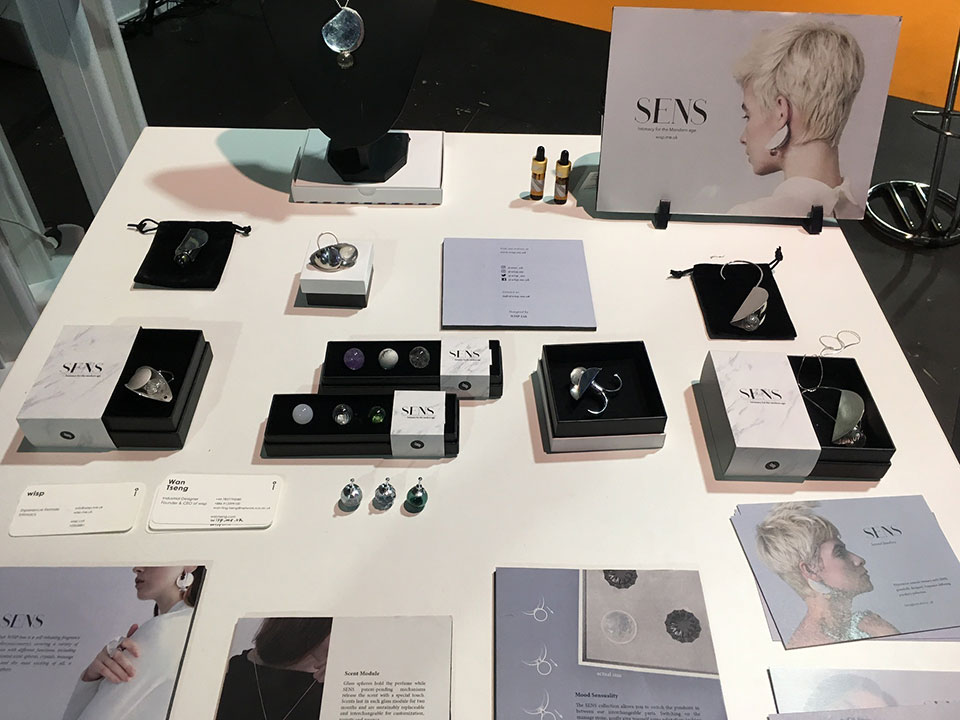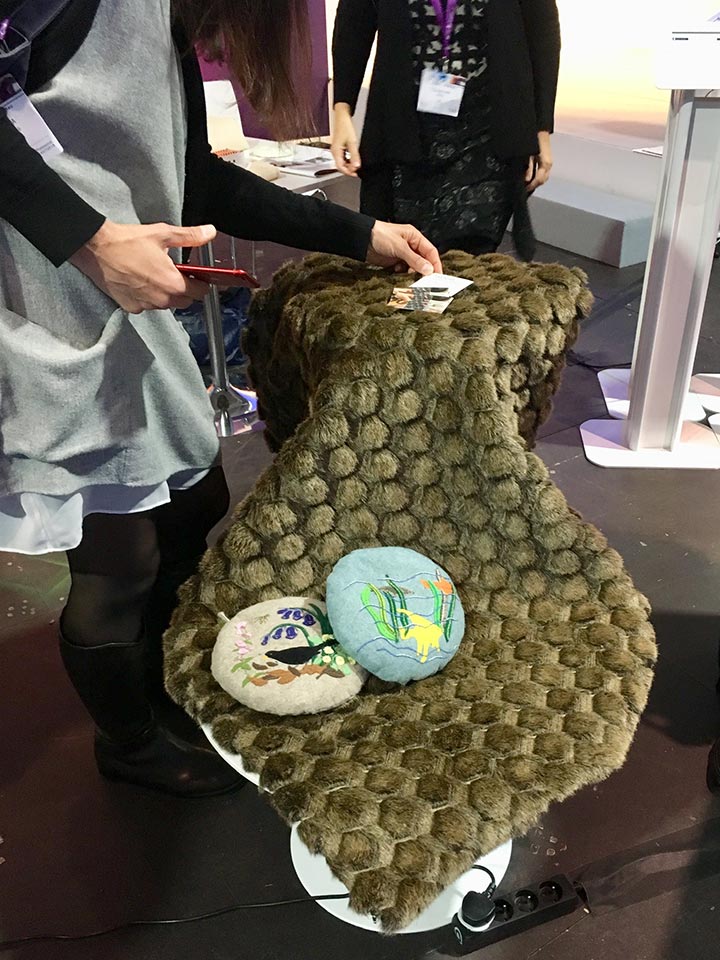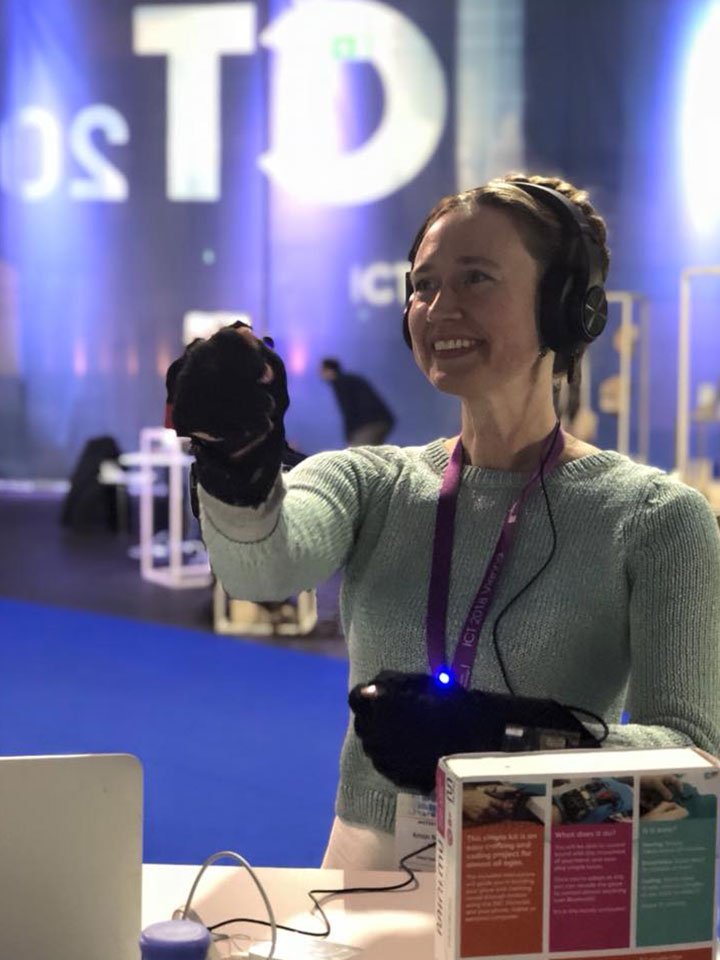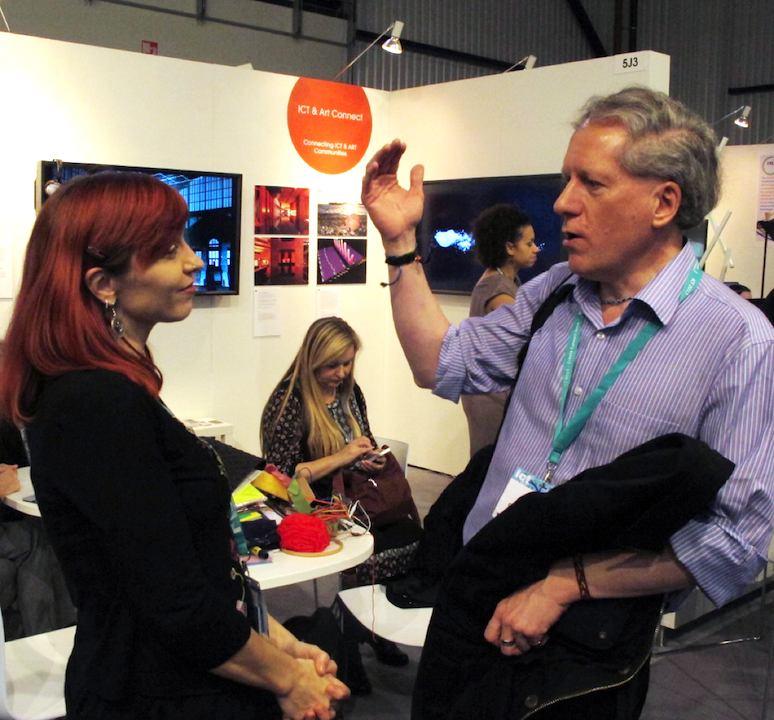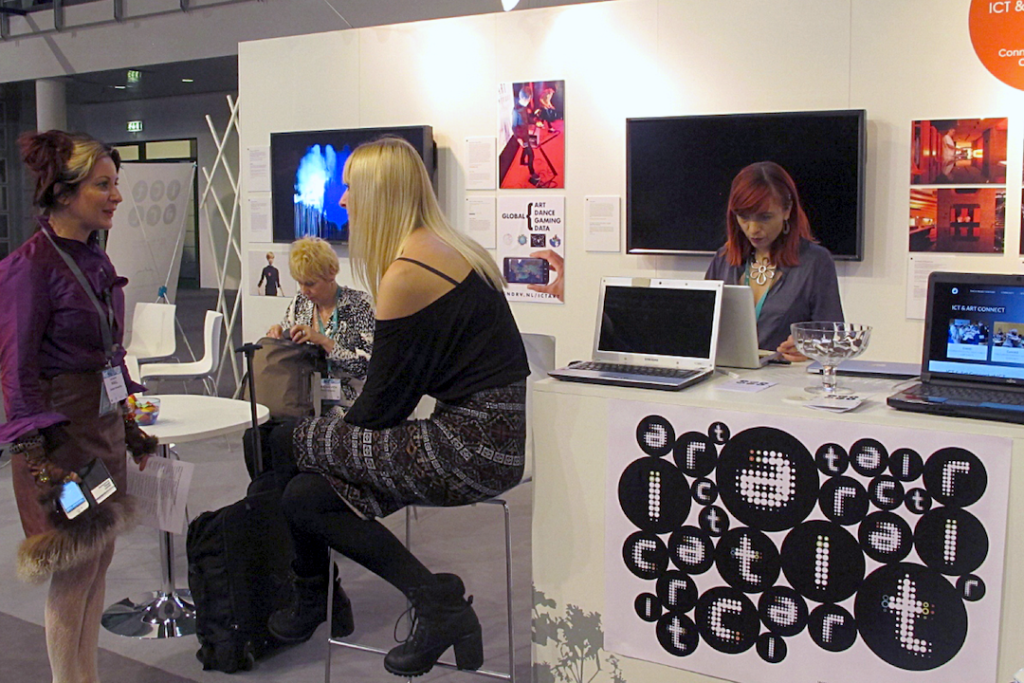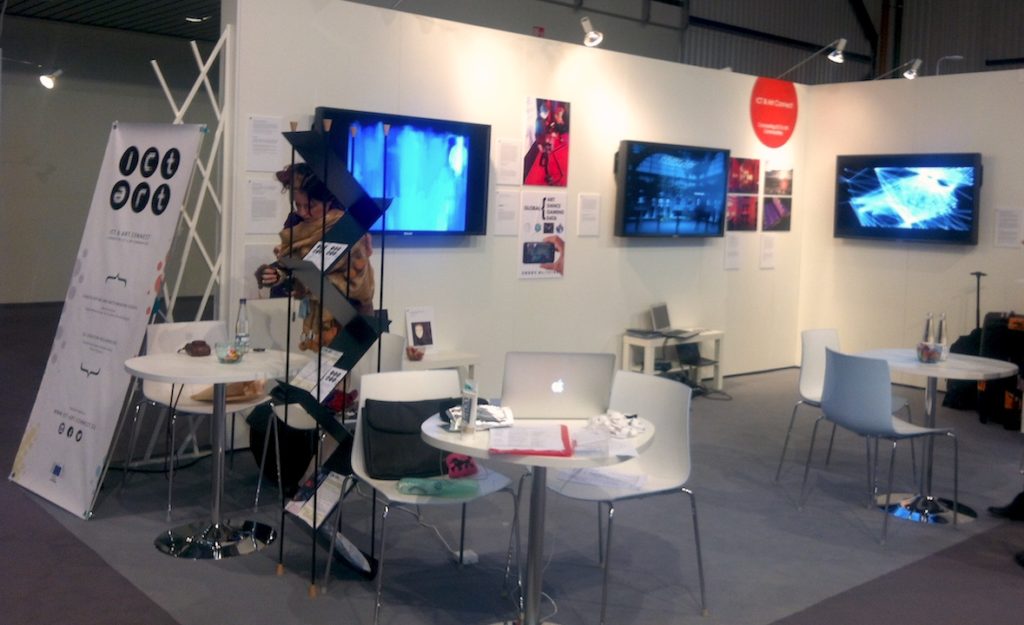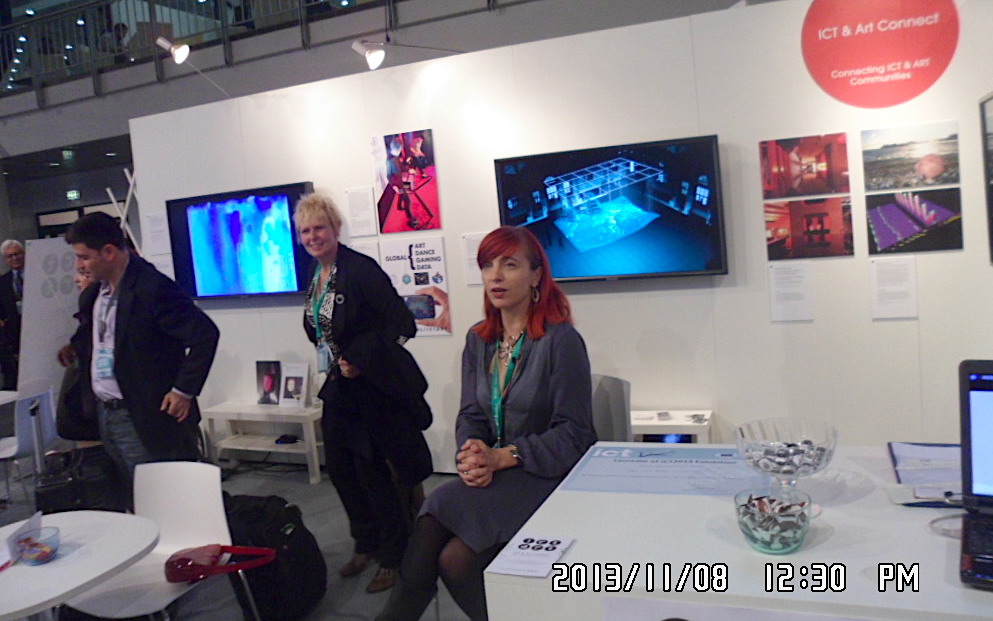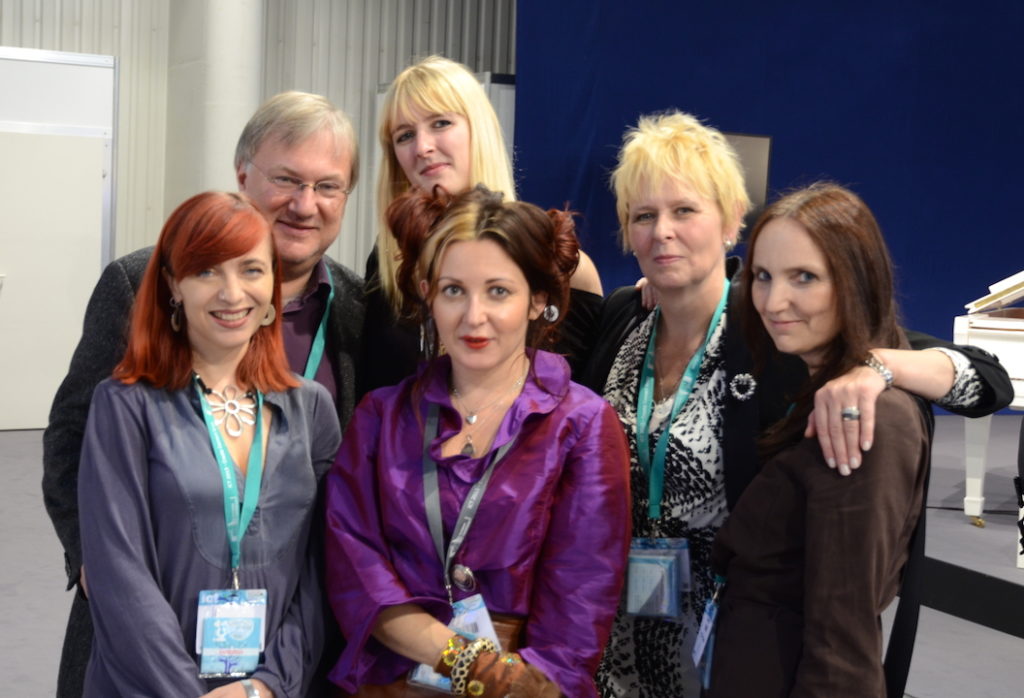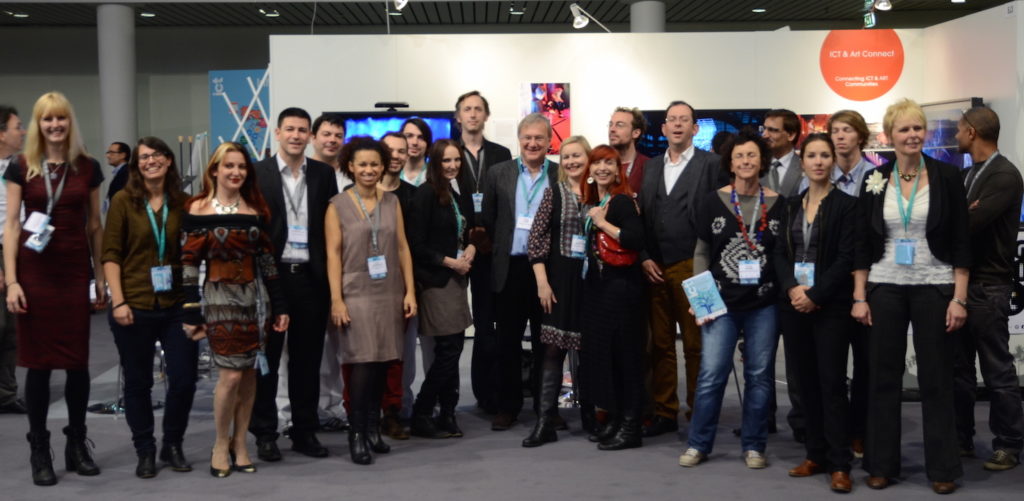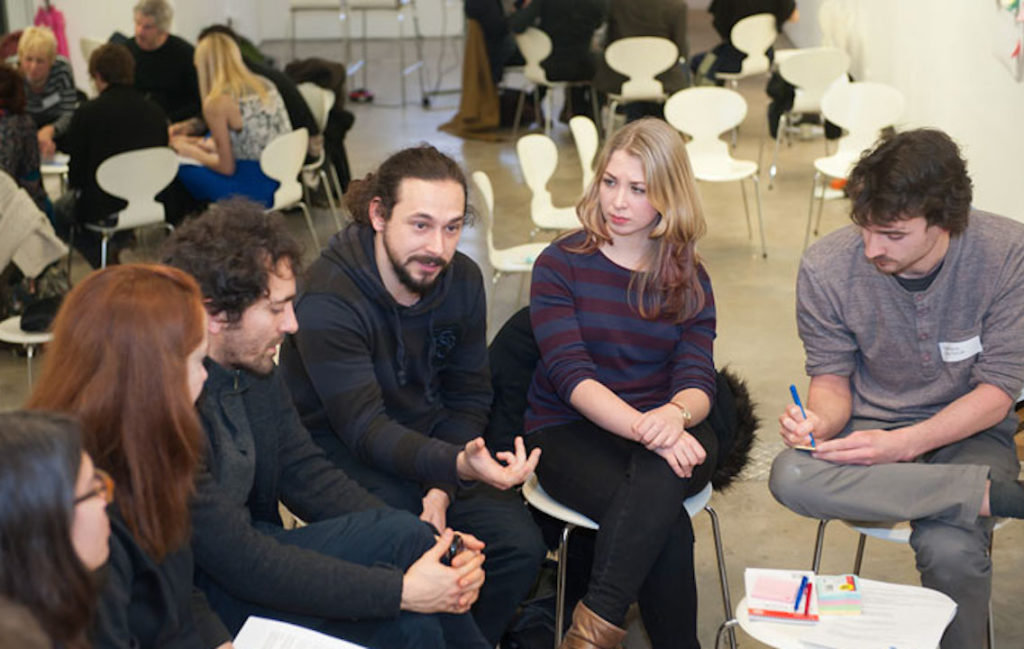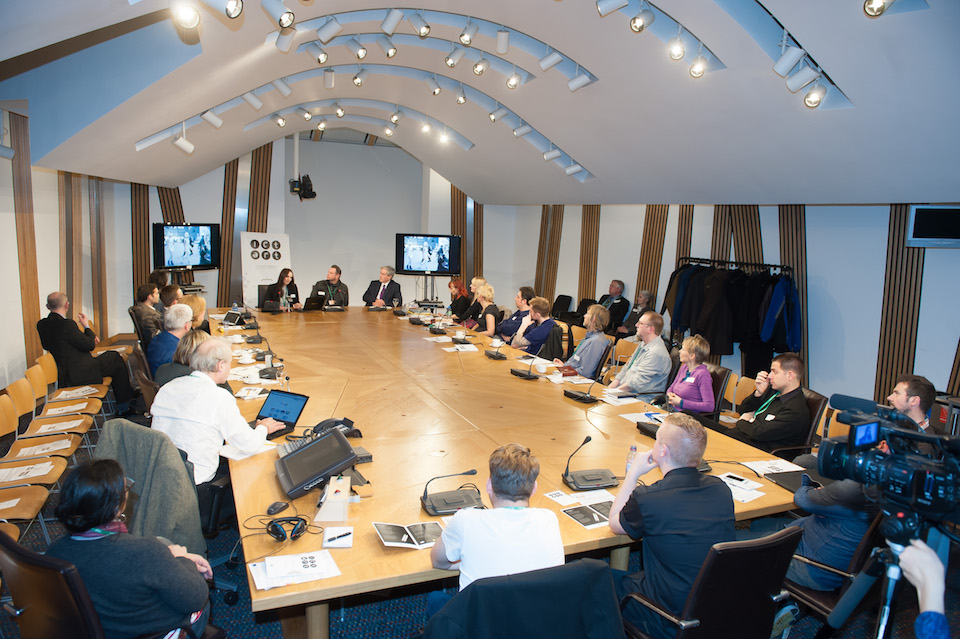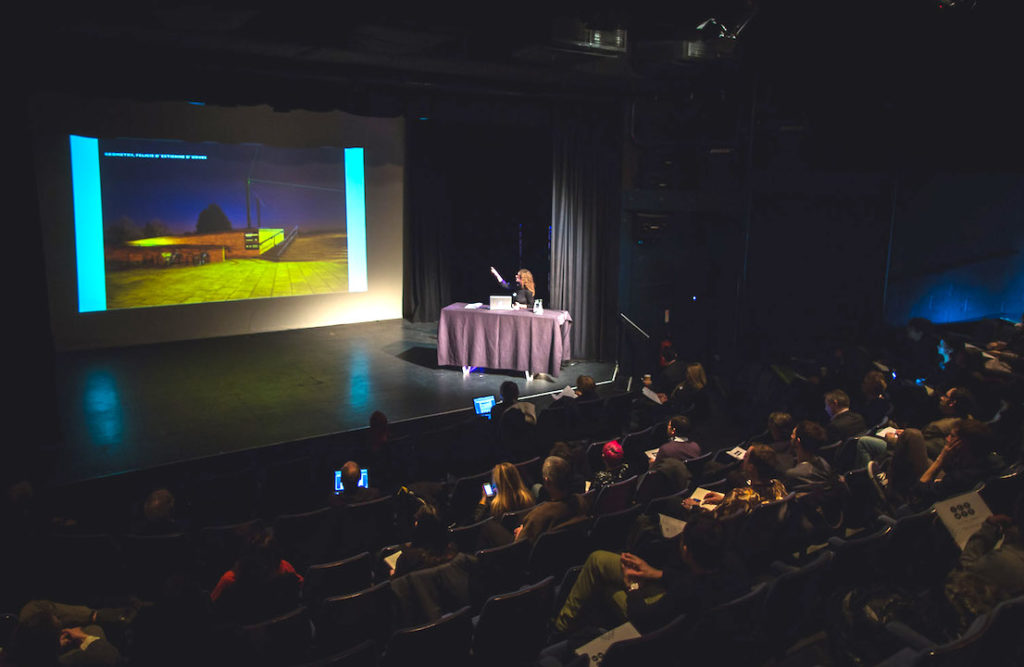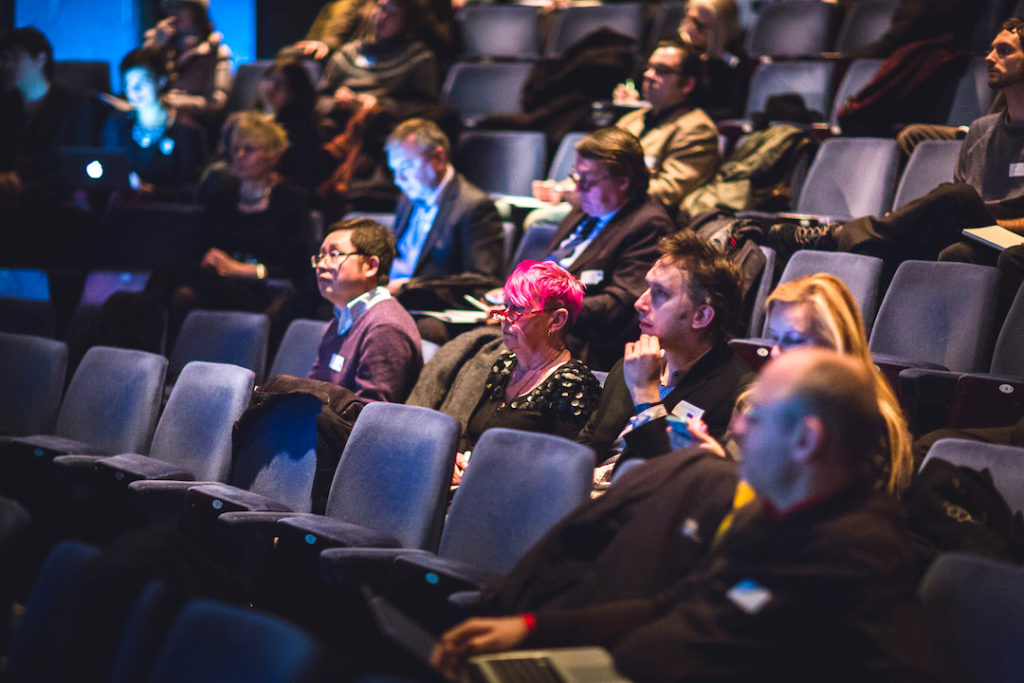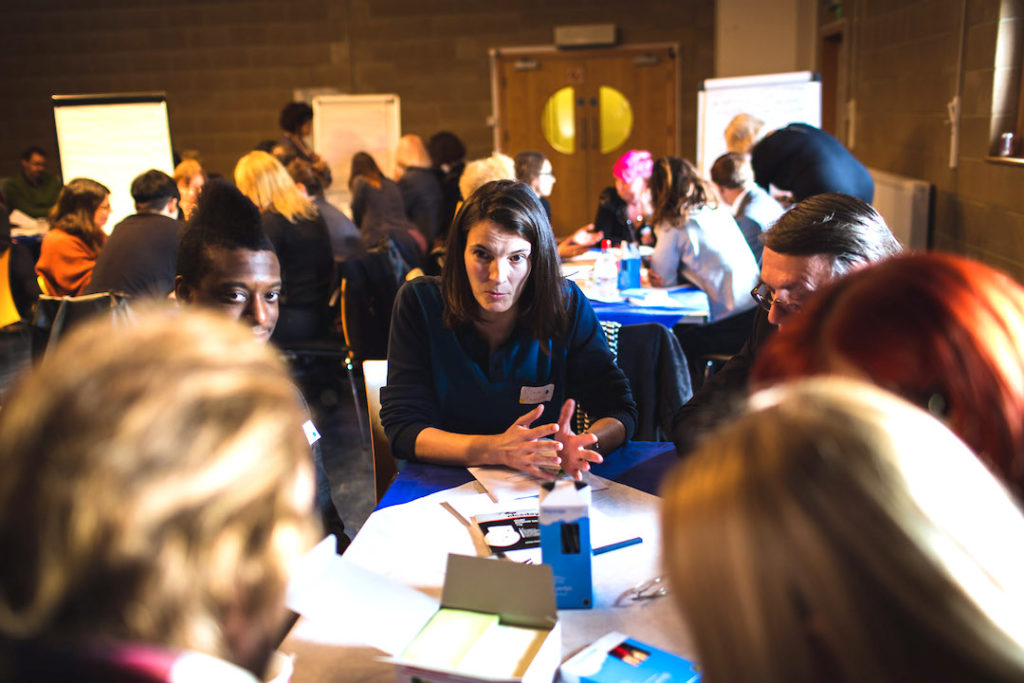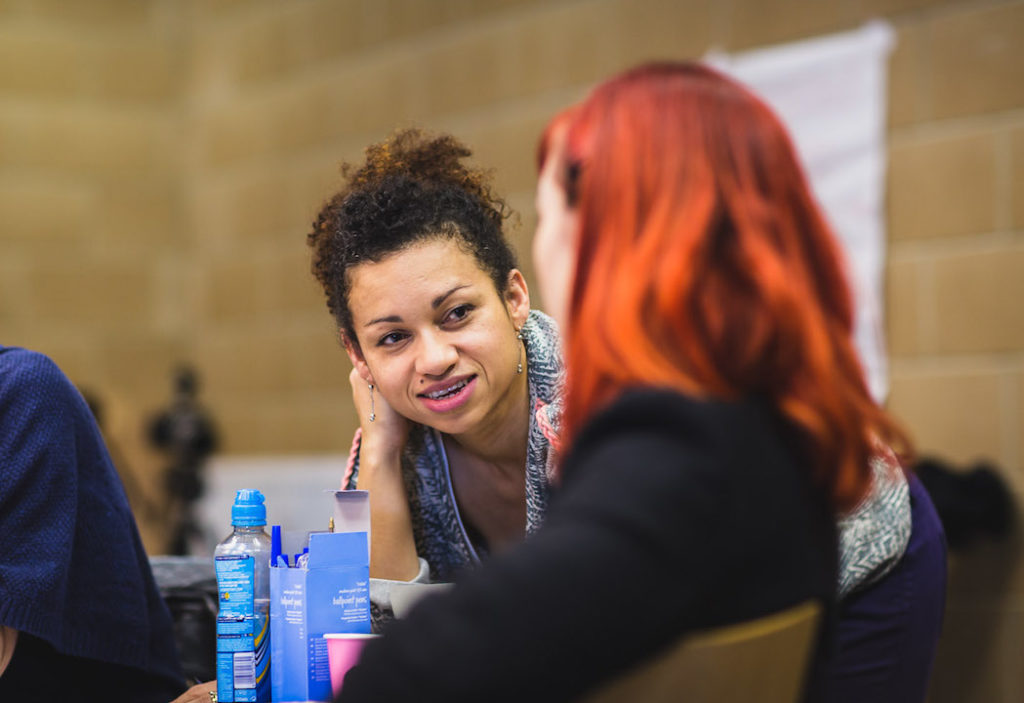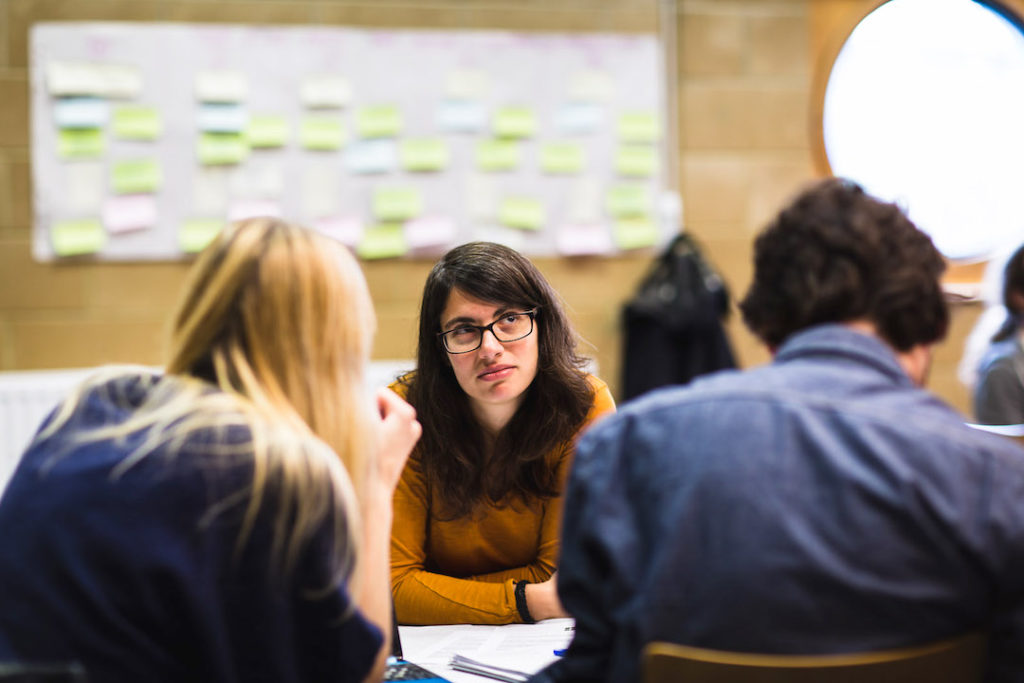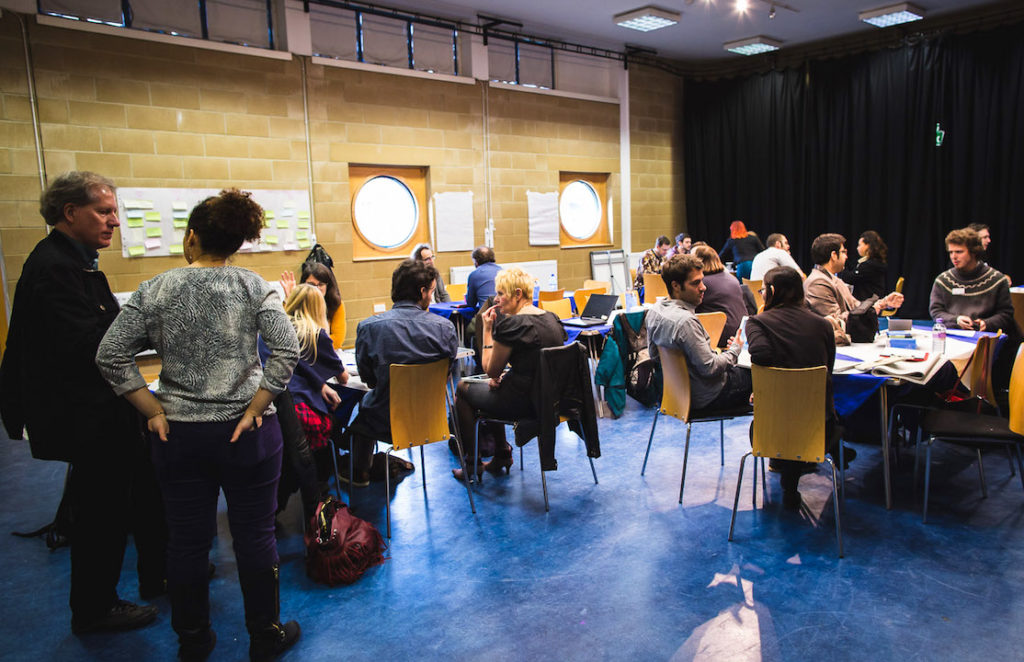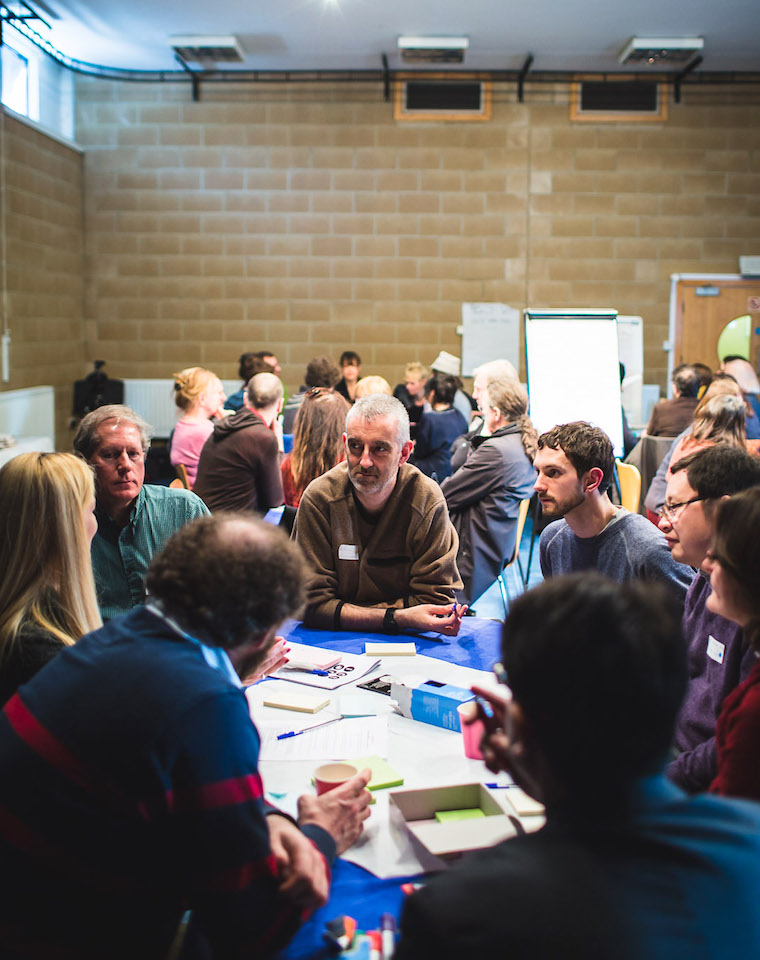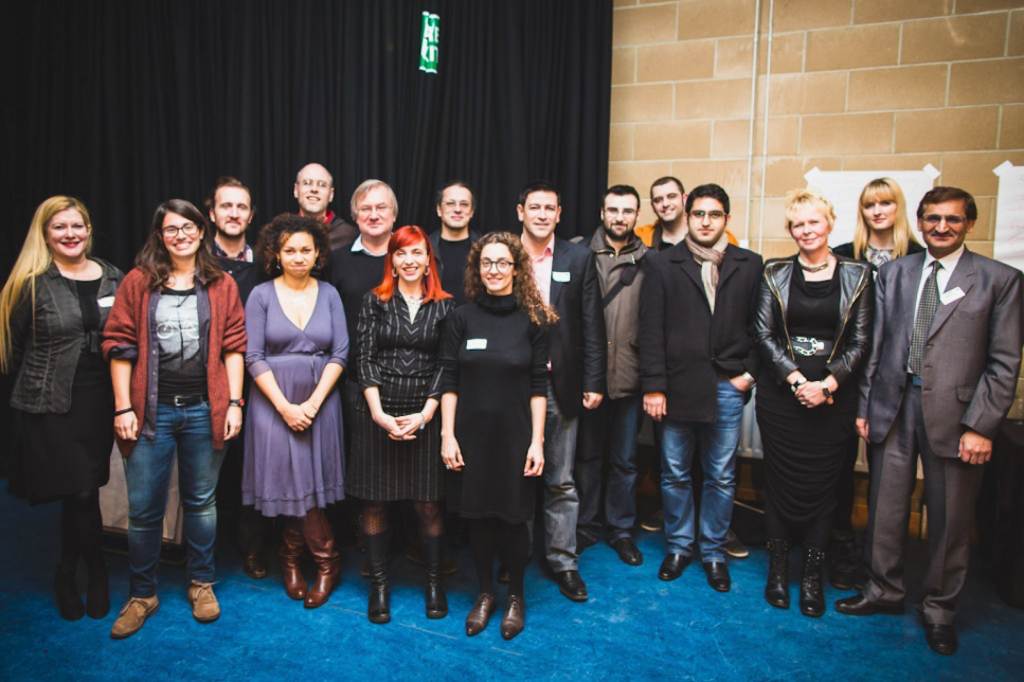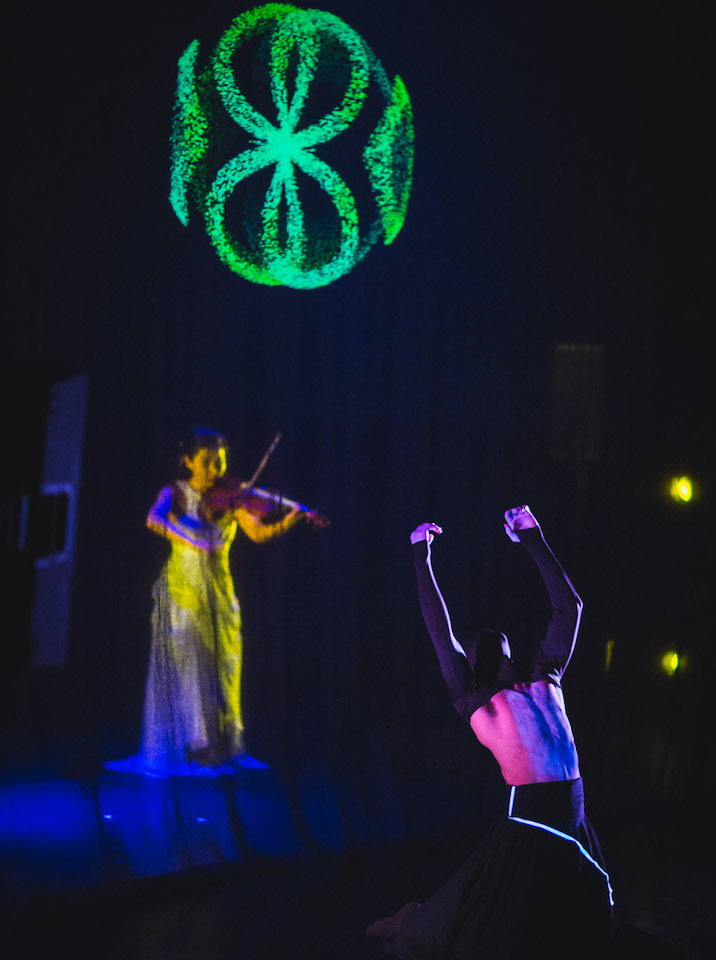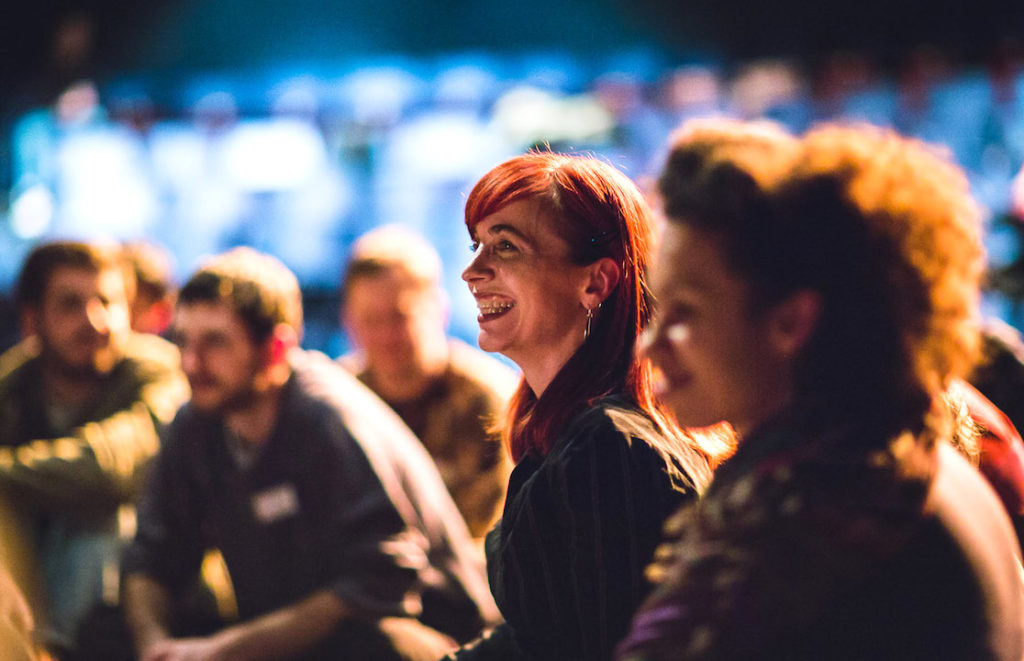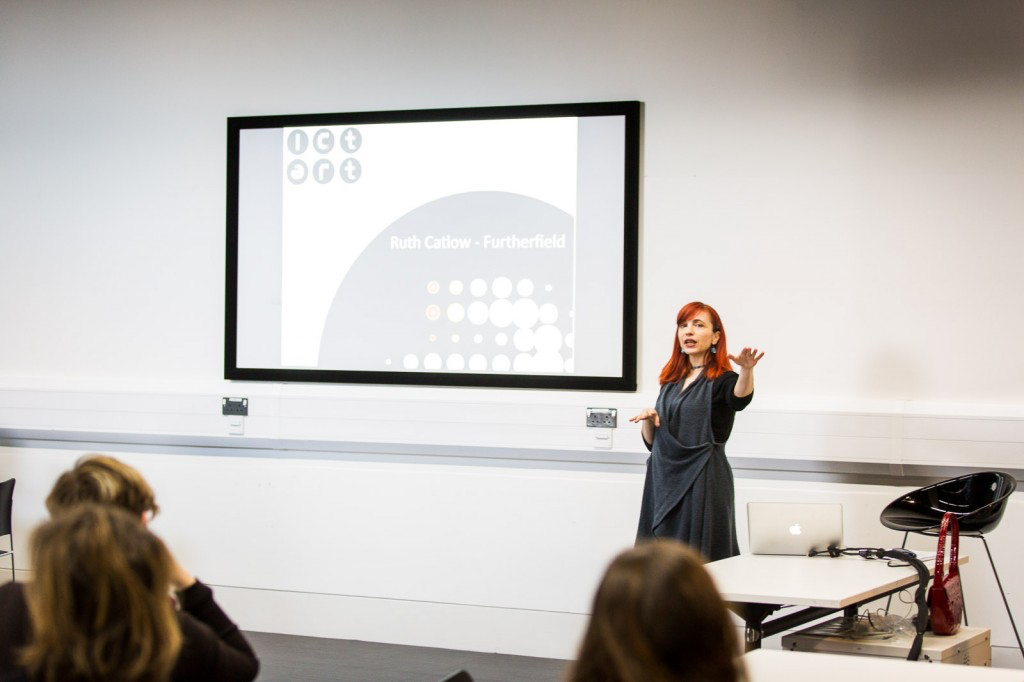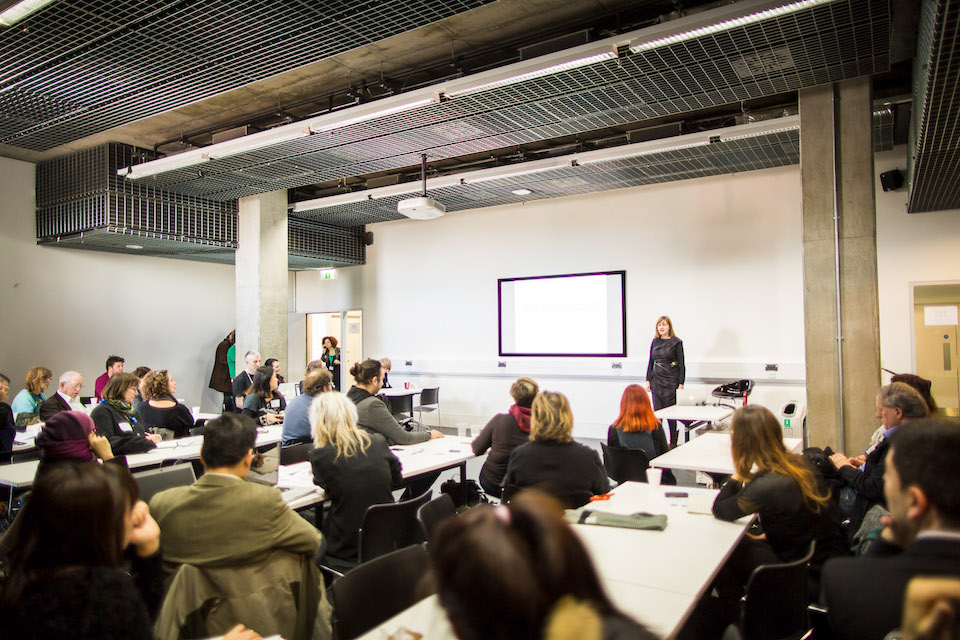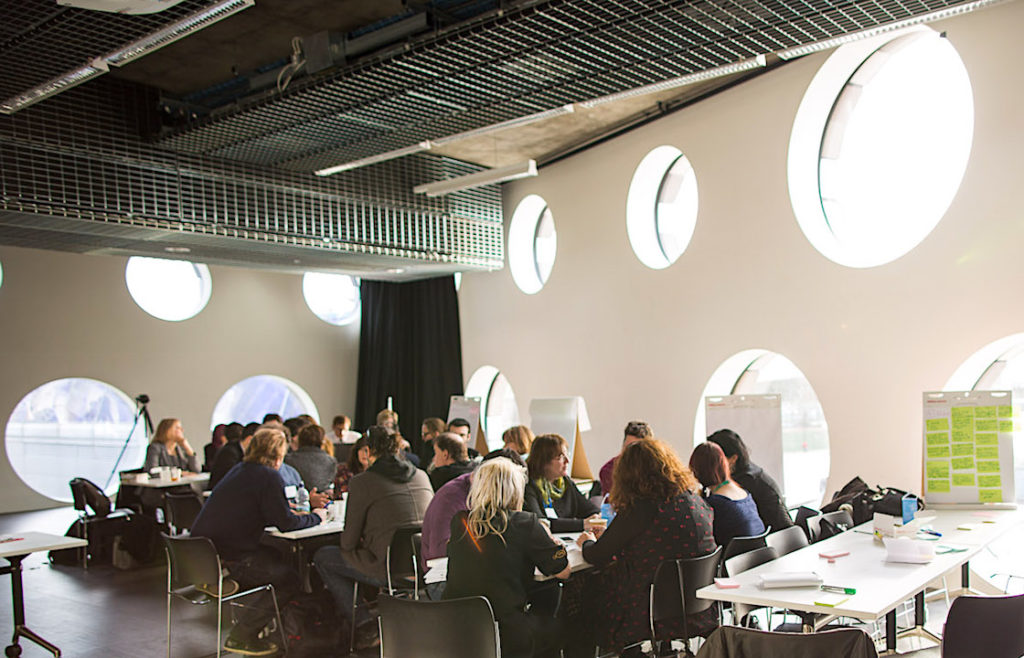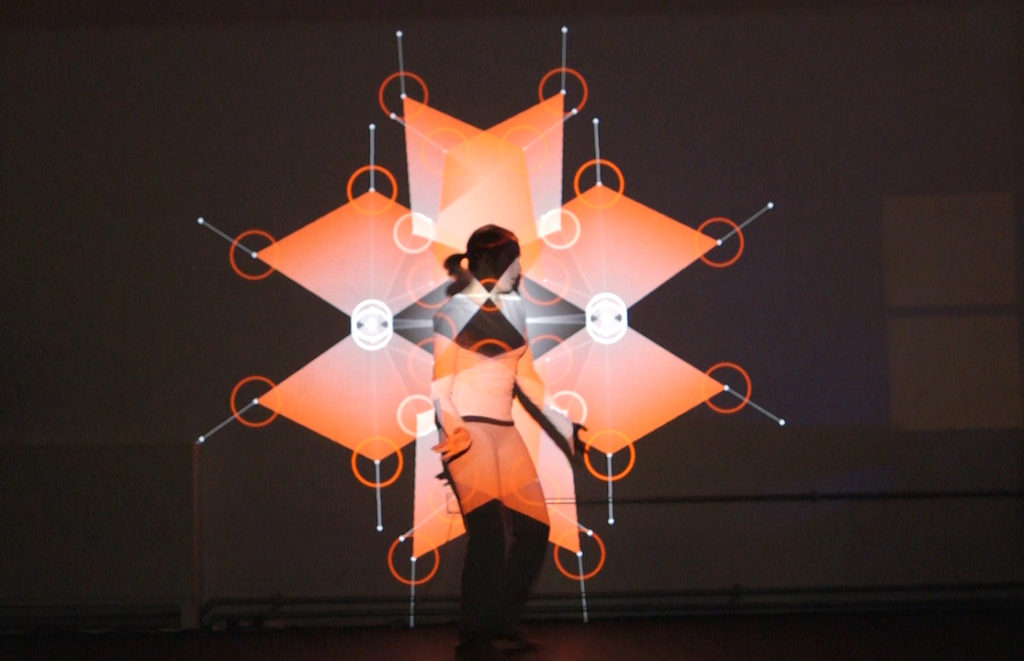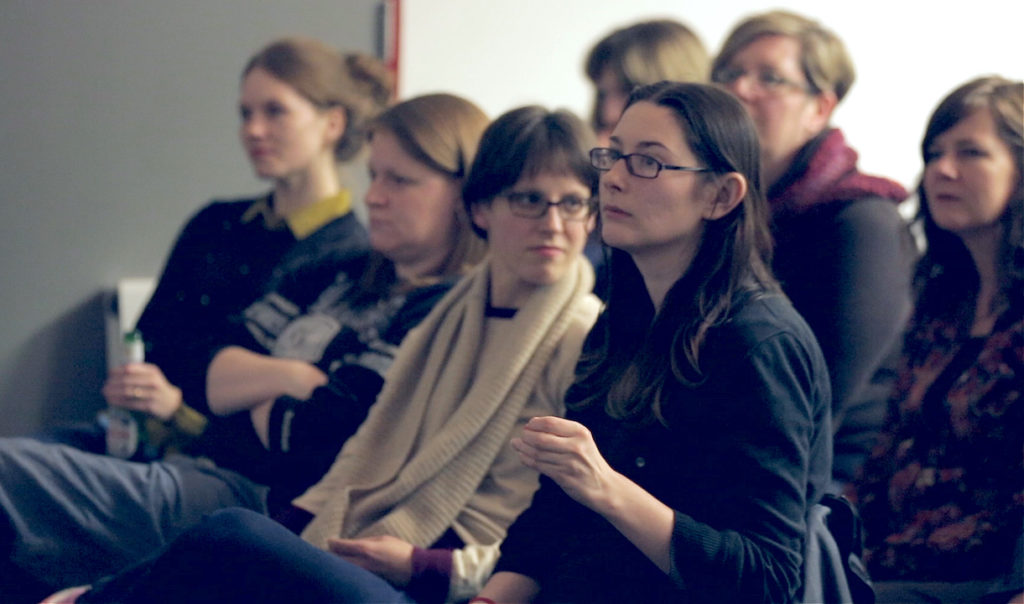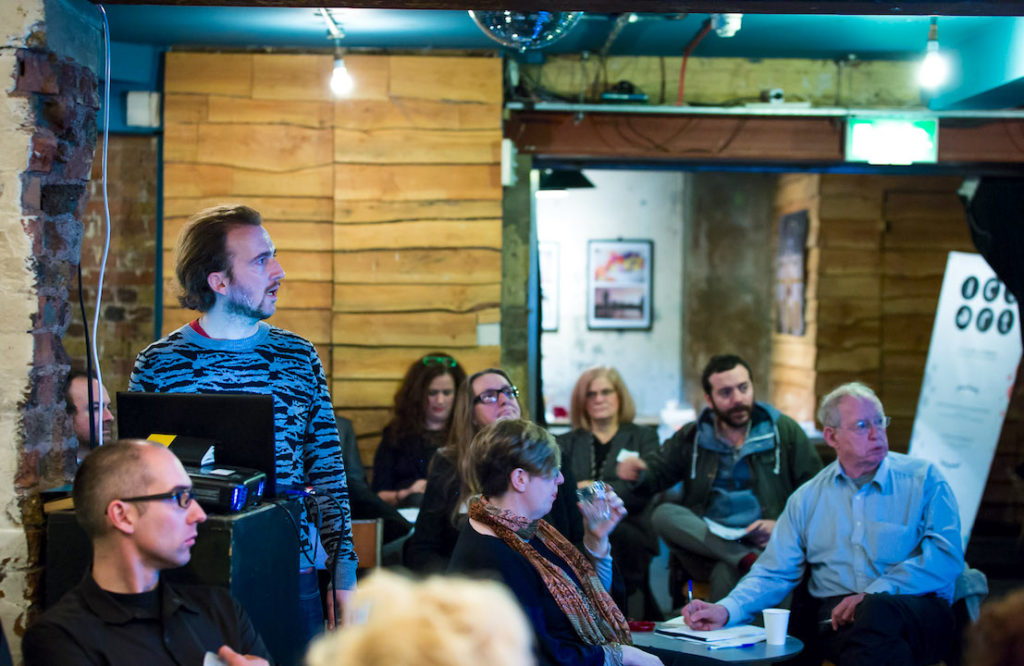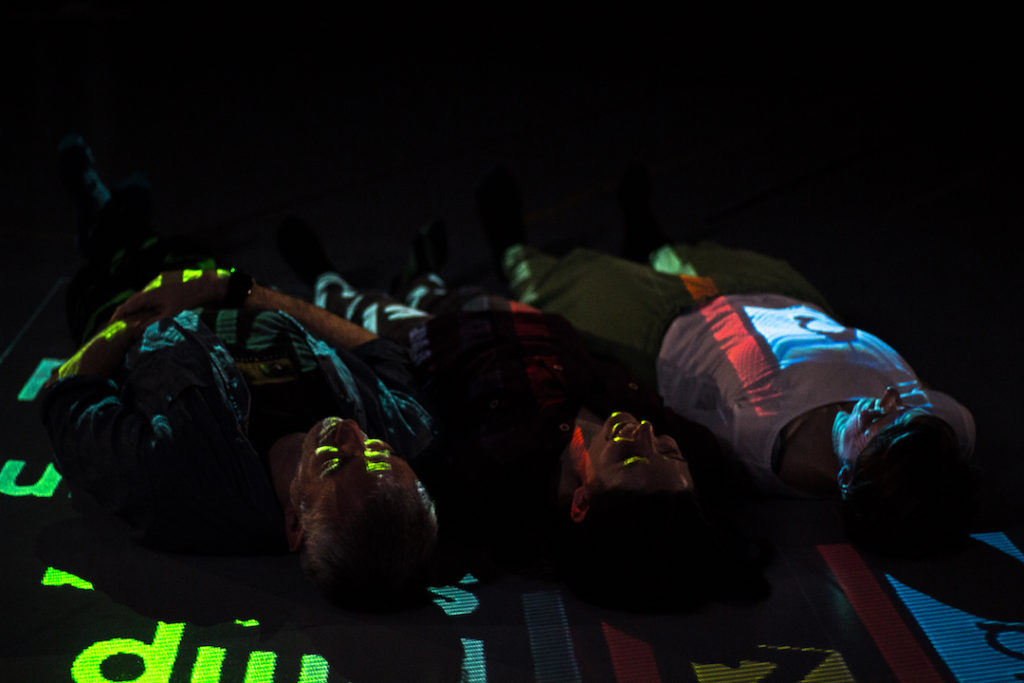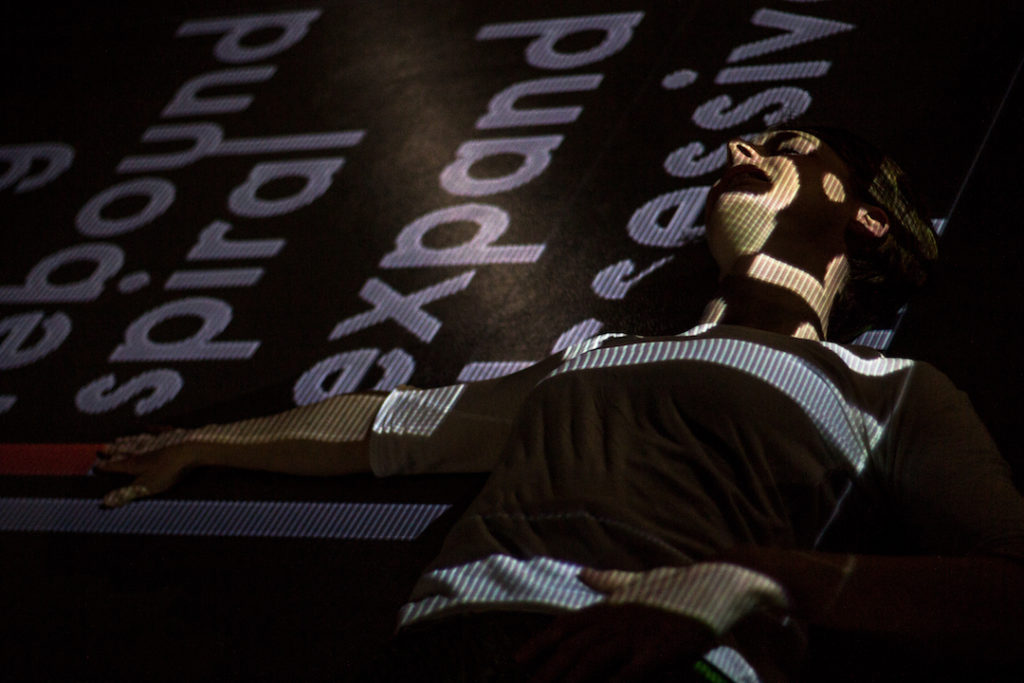> Abstract
The EU funded project called FET-Art, stems from the first “ICT & ART Connect” event, which took place in Brussels in April 2012 under the aegis of DG CONNECT, European Commission, and co-organised by the Future and Emerging Technologies Unit, Brunel University and University College London issued a series of recommendations, including the following ones:
We need to study what problems art and ICT can solve together… Does there first have to be a convergence process between art, ICT, brain science, and psychology, whereby each discipline better understands the process and language of the other? …Do we need to understand better the intradisciplinary benefits of art and ICT collaborations, before going onto understand the inter- and transdisciplinary ones? …The element of the aesthetic in the ICT innovation process may also need more study. (Foden, 2012)
The reported outcomes of the workshop and recommendations for future directions that the EU should take on in Art and ICT (information communications technology) co-creation, included:
- A plea to the EU and Europe to think harder about art and ICT as complementary ways of thinking; whereby both computational and creative thinking include making models and metaphors of the world/experience that involve choosing between a range of narrative options.
- To recognise that Art is generally accepted as a good vehicle for public engagement with an understanding of science and technology, and that Art often provides a holistic view of the social conflicts of science’s embodiment in technology. Art helps to convert knowledge into meaning.
- To understand that Artists don’t like environments in which they are an afterthought, getting a pat on the back for making technology or science look pretty; and technologists don’t appreciate being brought into creative projects just as technicians. So we must think about how the revelation processes of Art making can be integrated into scientific/policy methodologies; and what the right conditions are for true co-innovation.
- Together, Art & ICT can help the wider public to engage in the ethical issues around policy; and through ICT-enabled communication channels, involving participatory democracy around different artistic interpretations of choice, the public can participate and affect decision-making. But first collective tools for community management, sustainable management and broad exposure across Art & ICT need to be established. (Foden, 2012) Other policy recommendations were:
- Explore other forms of engagement between art and ICT other than for dissemination purposes only;
- Establish areas of research in ICT where stronger involvement of artists could be synergetic. Three candidates: Creativity, Social innovation, Global Systems science.
- Develop a rationale and operational steps to include artists more prominently in these areas.
- Plan an annual series of workshops in the spirit of ICT & ART CONNECT;
- Consider an organisational structure to facilitate interaction of artists within ICT projects (‘in- project artists’);
- Explore other forms of CONNECT engagement with art than for dissemination purposes only (for instance co-creation, public engagement with ICT)(Foden, 2012).
This event clearly confirmed that a great potential for the EU to be more involved in fostering more of an on-going dialogue between technology and art practitioners, and that it is important to efficiently support such dialogue now, in light big changes in the way the EU funds research project and the newly implemented Horizon 2020 mandate for funding, in order to contribute to the emergence of novel future emerging technologies research topics being developed by the European Commission, and its identification of new emerging research areas.
The aims inspired from the April 2012 event included:
- Move technology and art intersection/ interaction from the broad frame of Digital Humanities, or the domain of Creative Industries and SME’s, toward more specific and direct impact beyond business;
- Encourage technology/ICT specialists to work with artists, on an equal basis, on EU and other funded project initiatives – to show the ICT community the value artists will bring to their activities;
- Help organisations and companies to consider new organisational structures that facilitate interaction of artists with ICT projects (‘in- project artists’) and to develop operational schemes to include artists in funded projects
Thus, as a follow-on project to this event, a one-year project that started in June 2013, was intended as a catalyst project devoted to connecting European technology and artistic communities, and fostering productive dialogues, engagement, and collaborative work between them to demonstrate the synergies collaborative work between them, in order to identify new research avenues, associated challenges, and the potential impact of ICT and Art collaboration on science, technology, art, education and society in general, and how each can contribute to a new Europe.
Within this context, a FET-ART balanced partnership of committed organisations was formed, offering renowned expertise in the ICT and Art domains, important connections with ICT and Art practitioners in Europe and worldwide, many references at the ICT and Art intersection, and longstanding experience of planned activities.
One of the main aims of the FET-Art project, later branded as ICT & Art Connect, was to both seek and document consultation with experts and with the arts and ICT technology practitioners themselves on the issues and process of collaboration. The goal of the consultation was to highlight a much under discussed topic of collaboration experiences that artists and technology professionals have had (good and bad), either with others within their profession or across disciplines, and to glean recommendations for future collaboration process approaches.
Then events to bring artists and technologists together to collaborate were hosted by each partner. Each event was organised differently, and some included Hackathons or fast project prototyping, to ignite partnerships, while others focused on showing current successful art/tech projects, while discussing the issues and problems of art/tech collaboration more deeply. An active effort was made to find outside, objective experts from other European and international institutions and organisations with experts who have witnessed, researched and/or otherwise facilitated and nurtured numerous art and technology collaborations.
